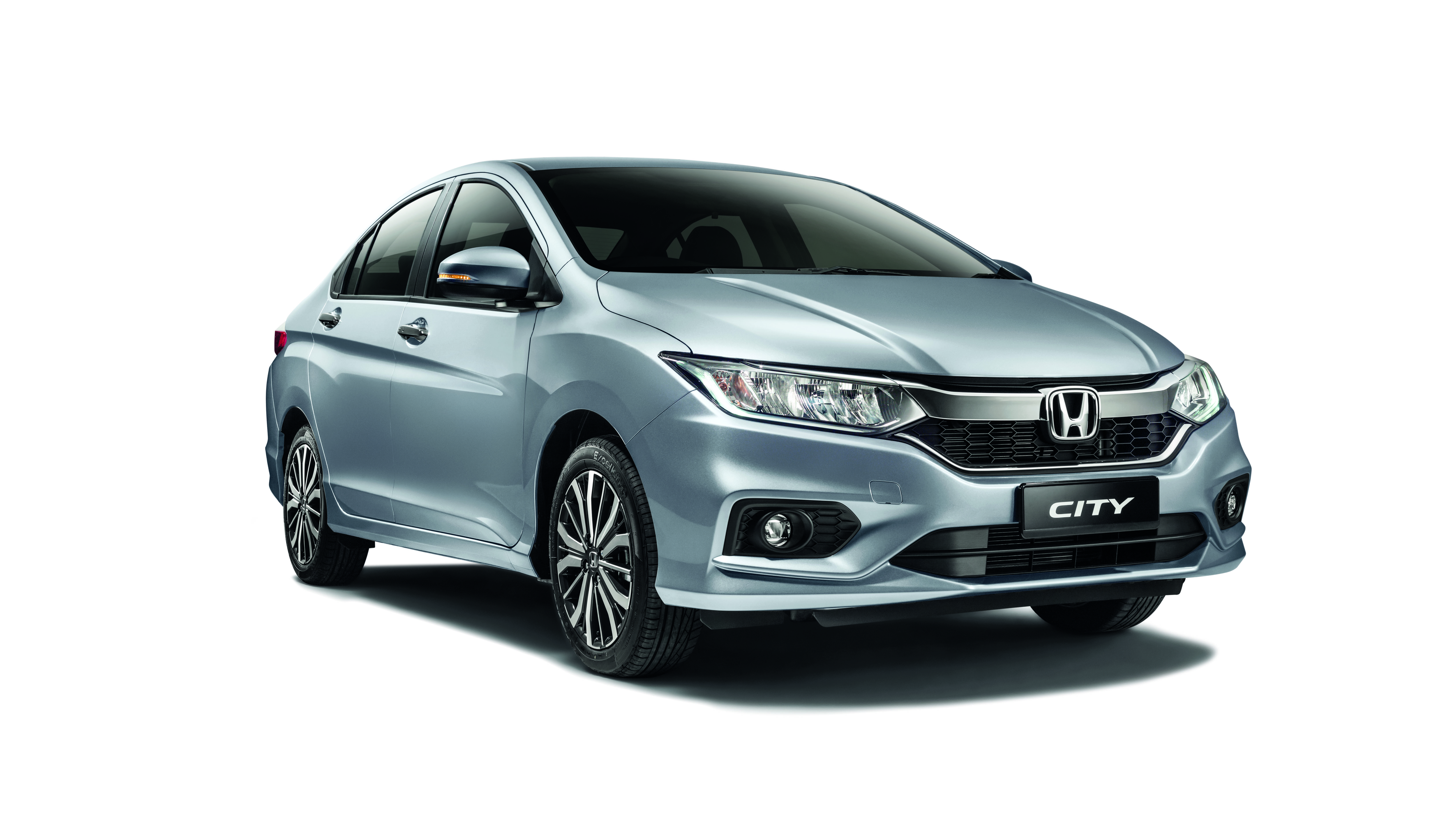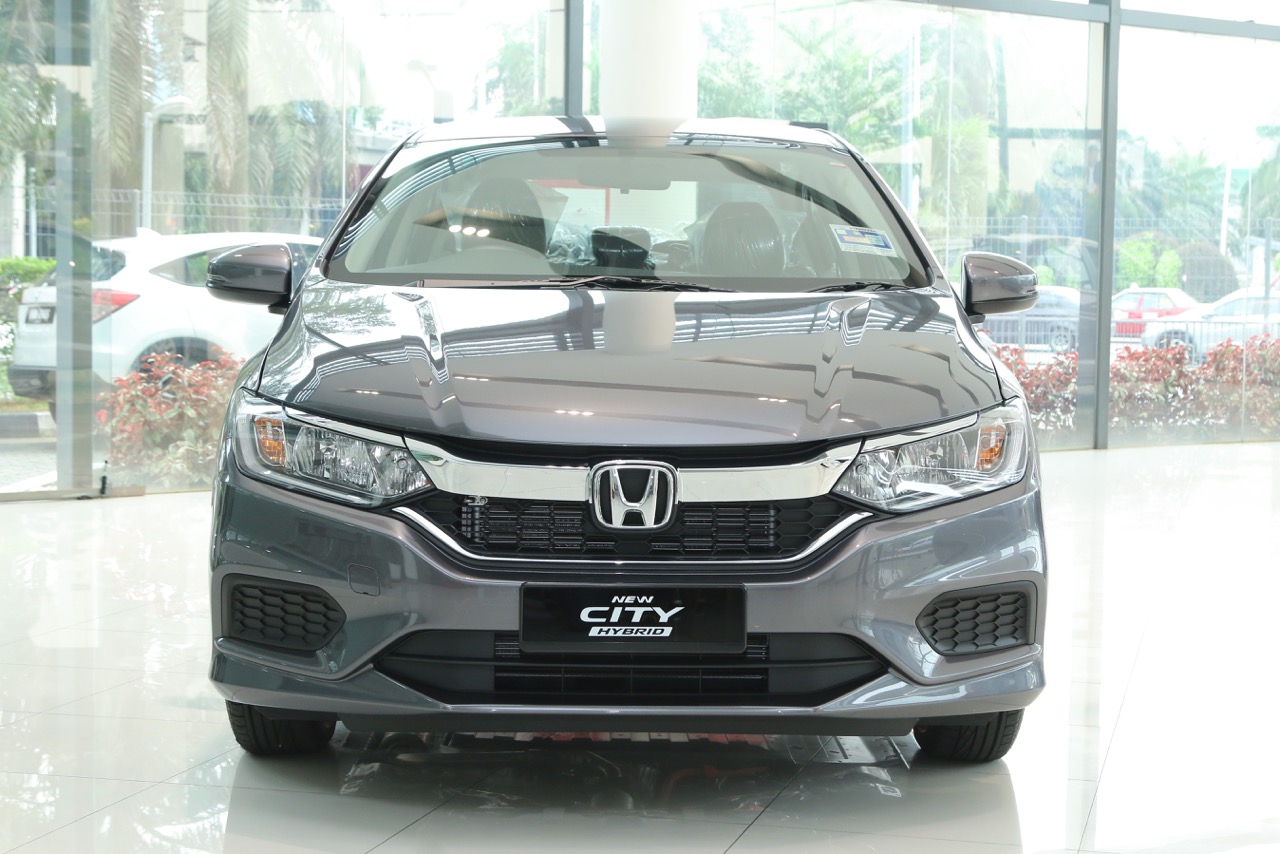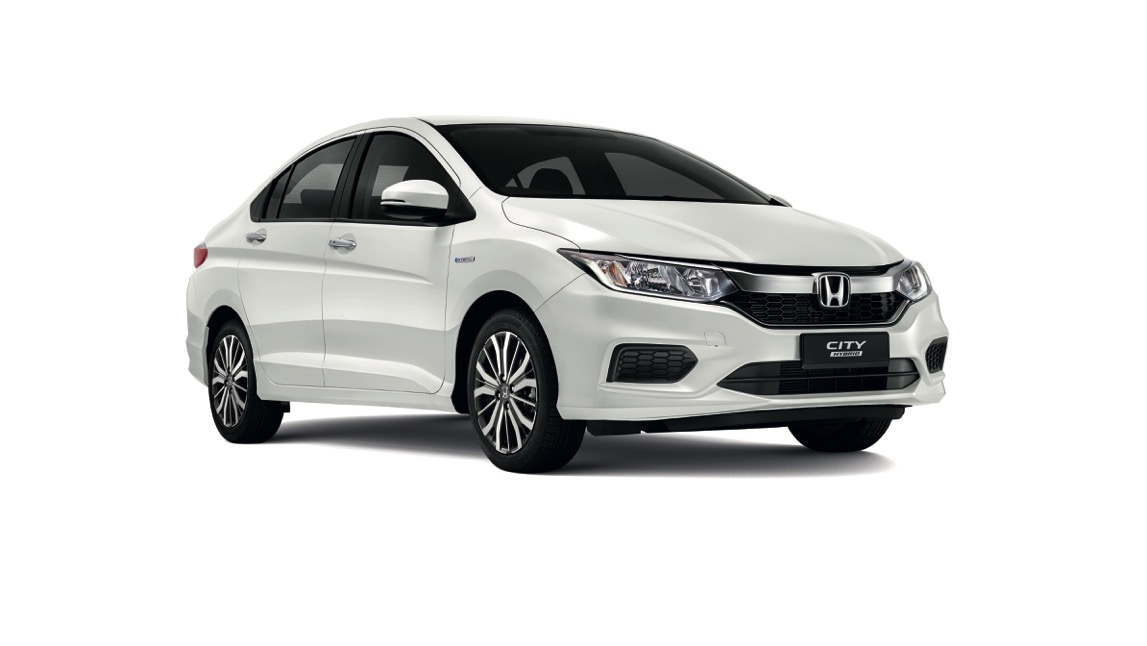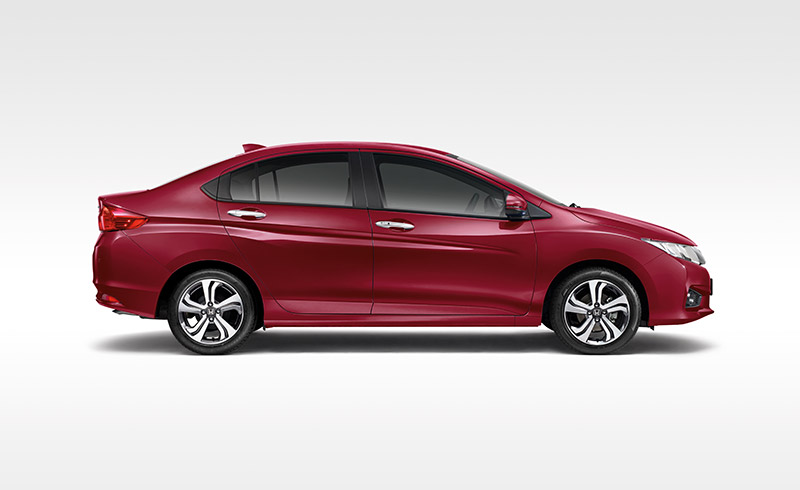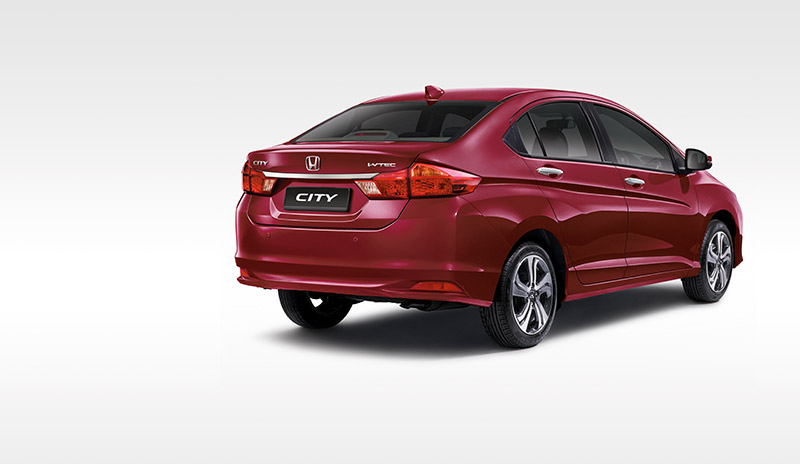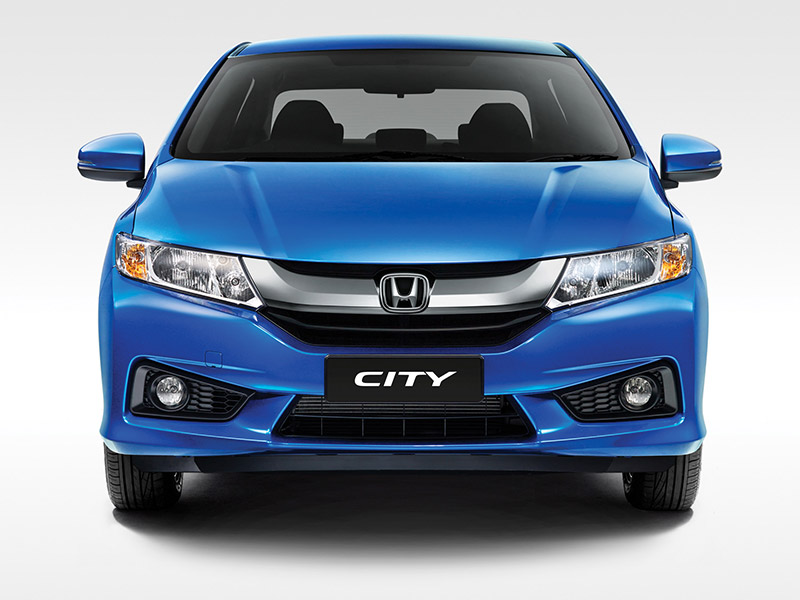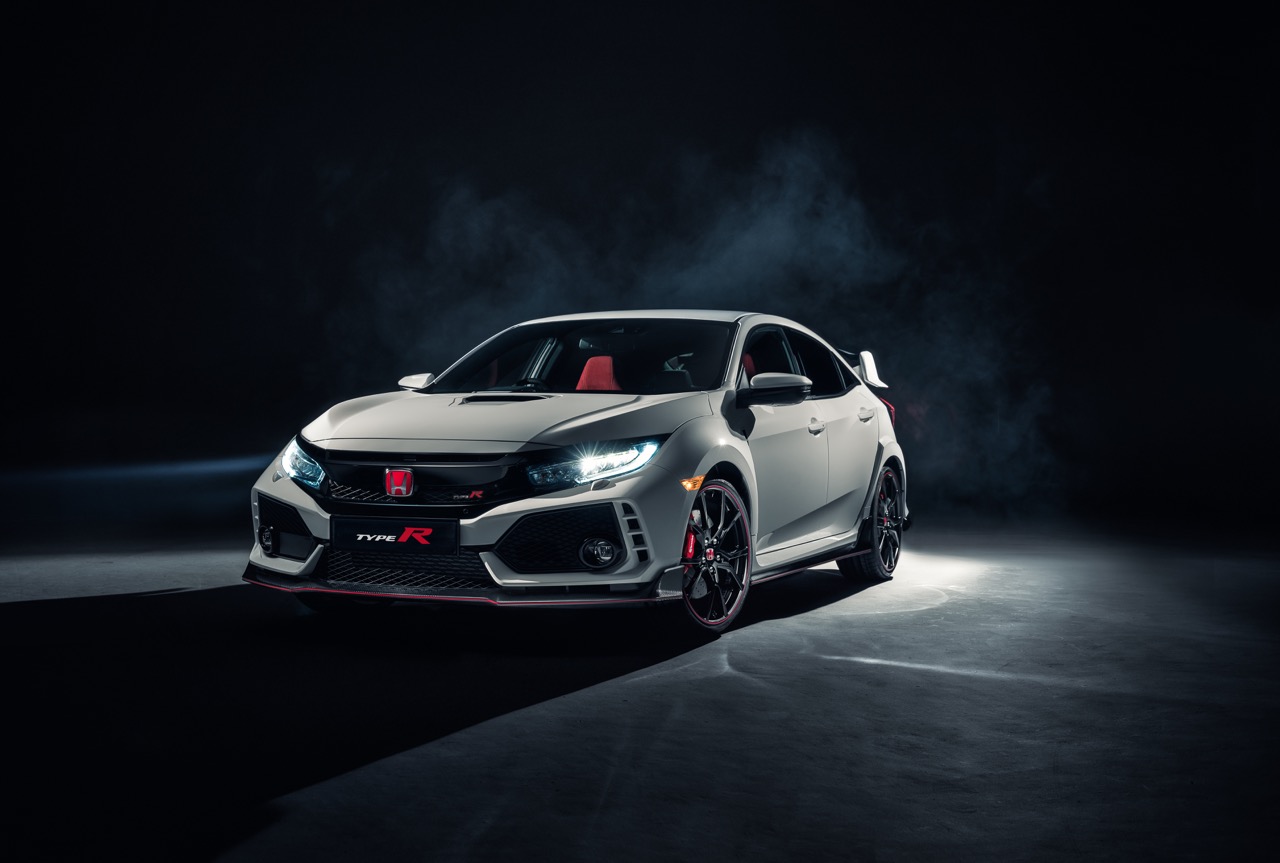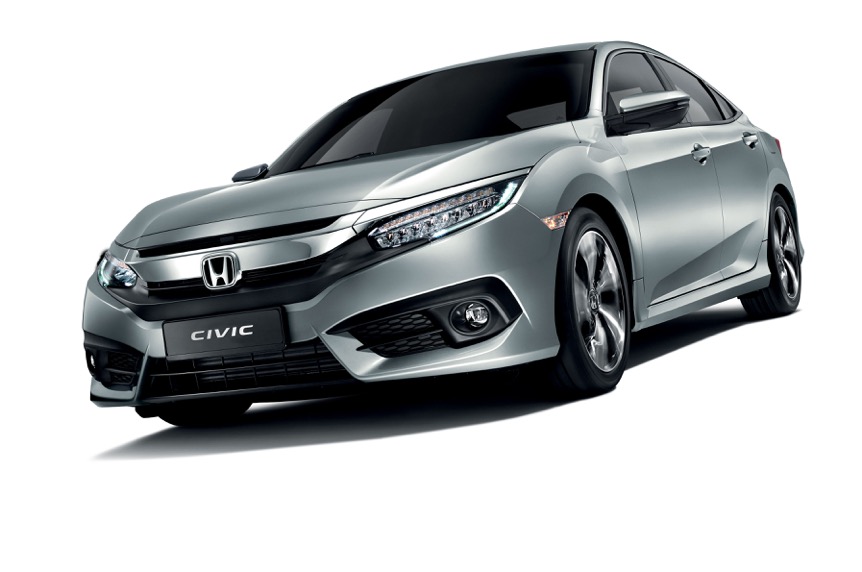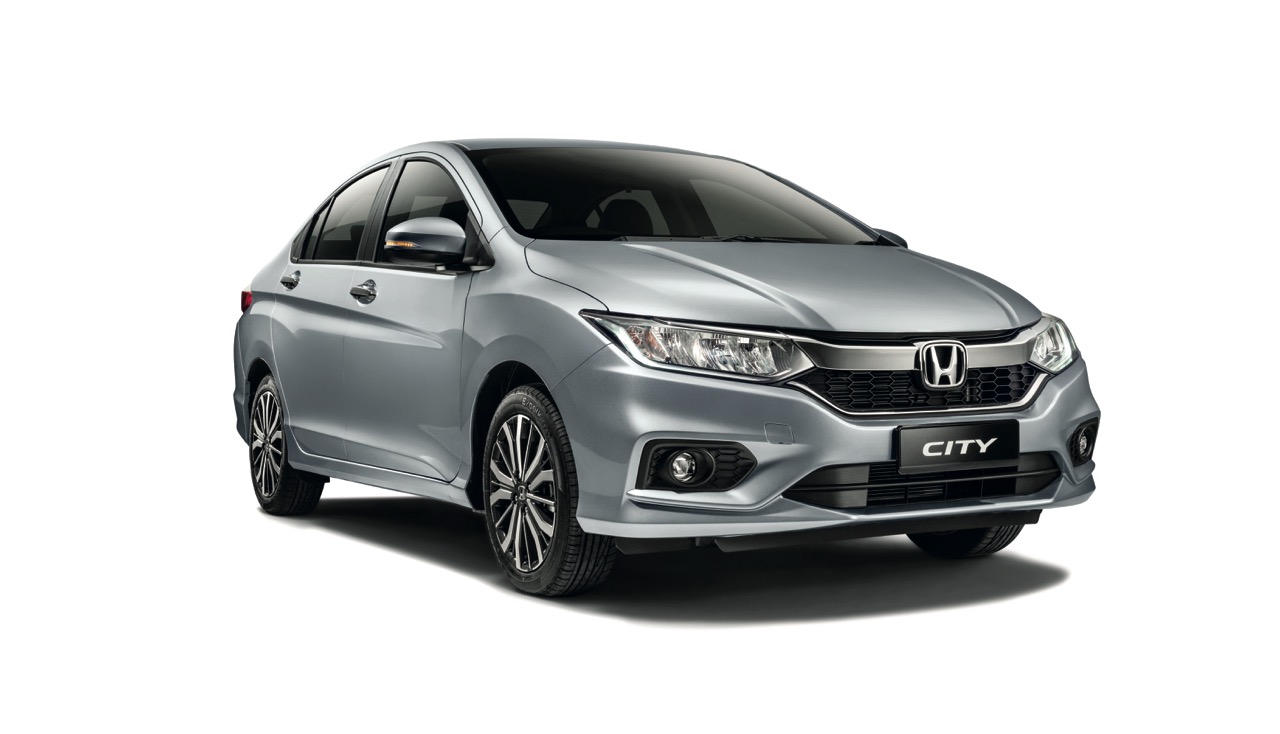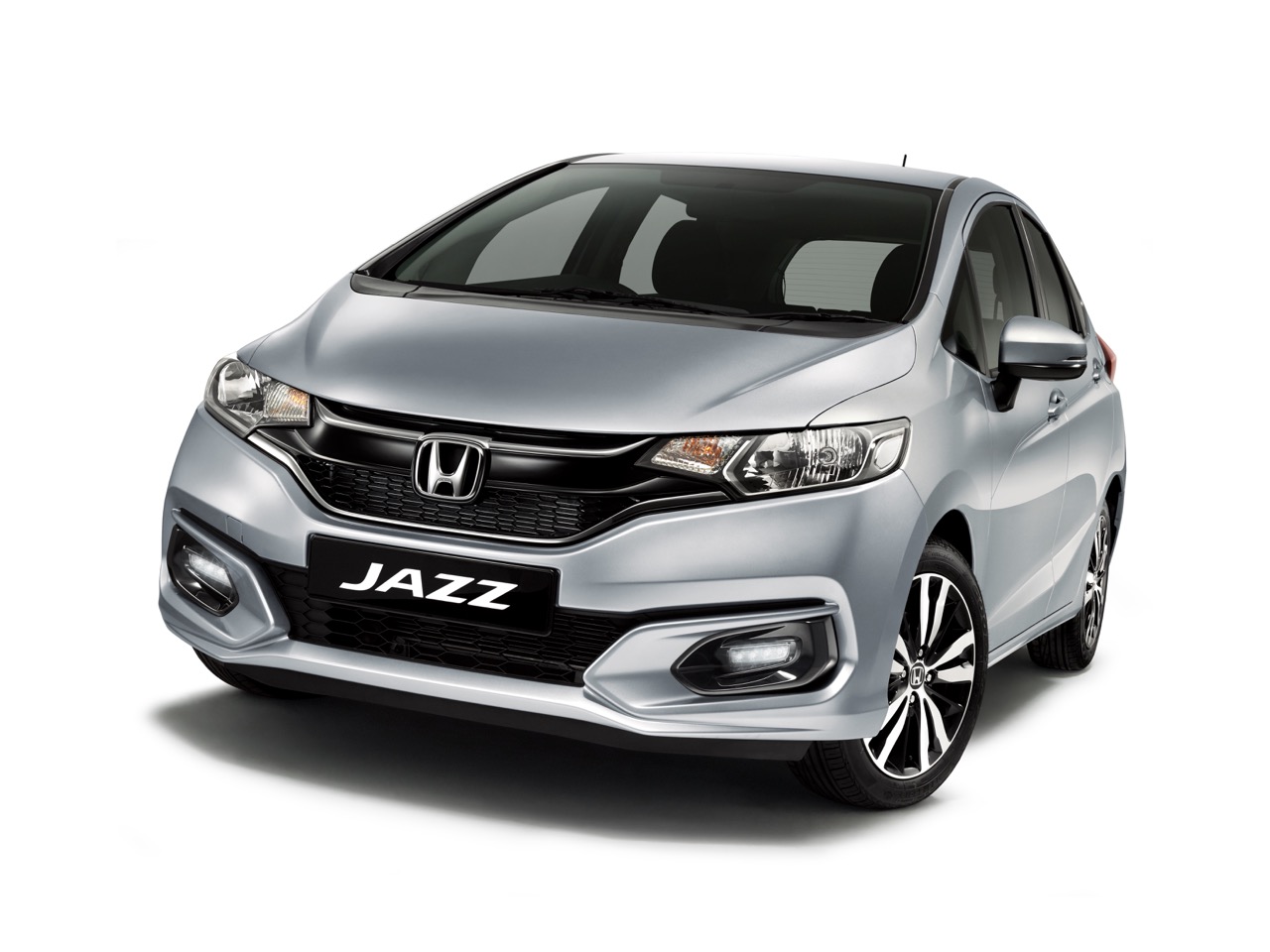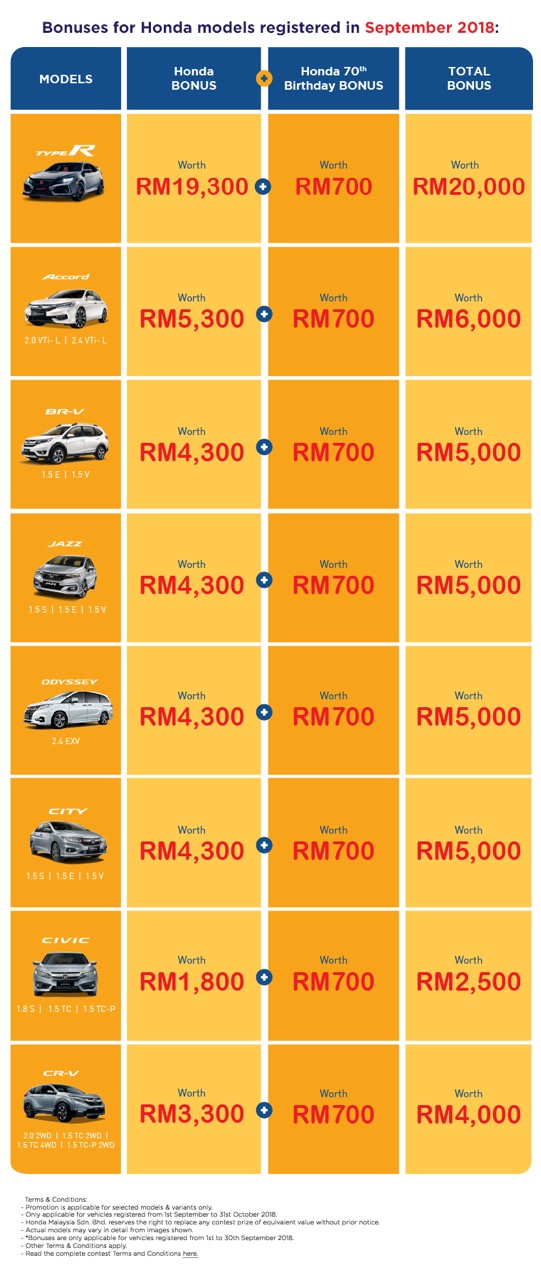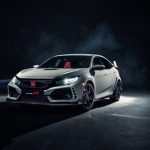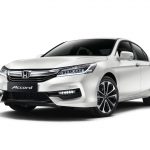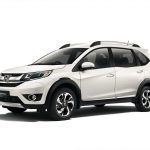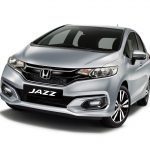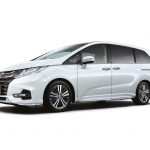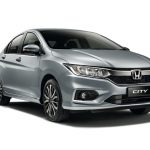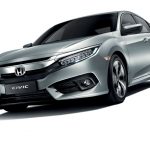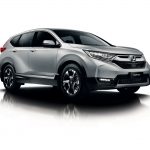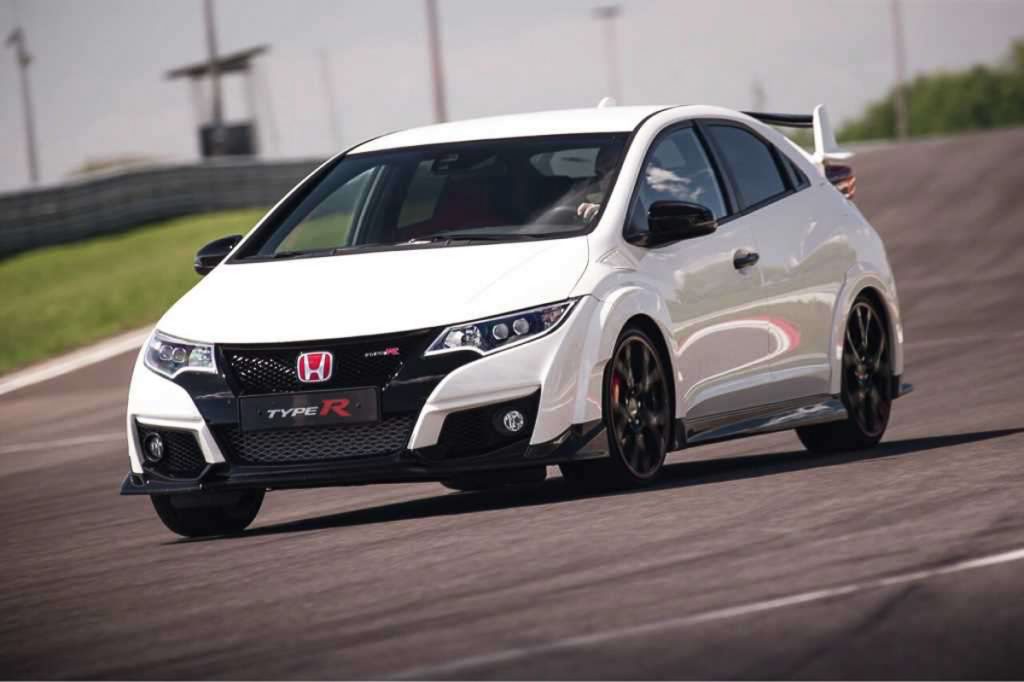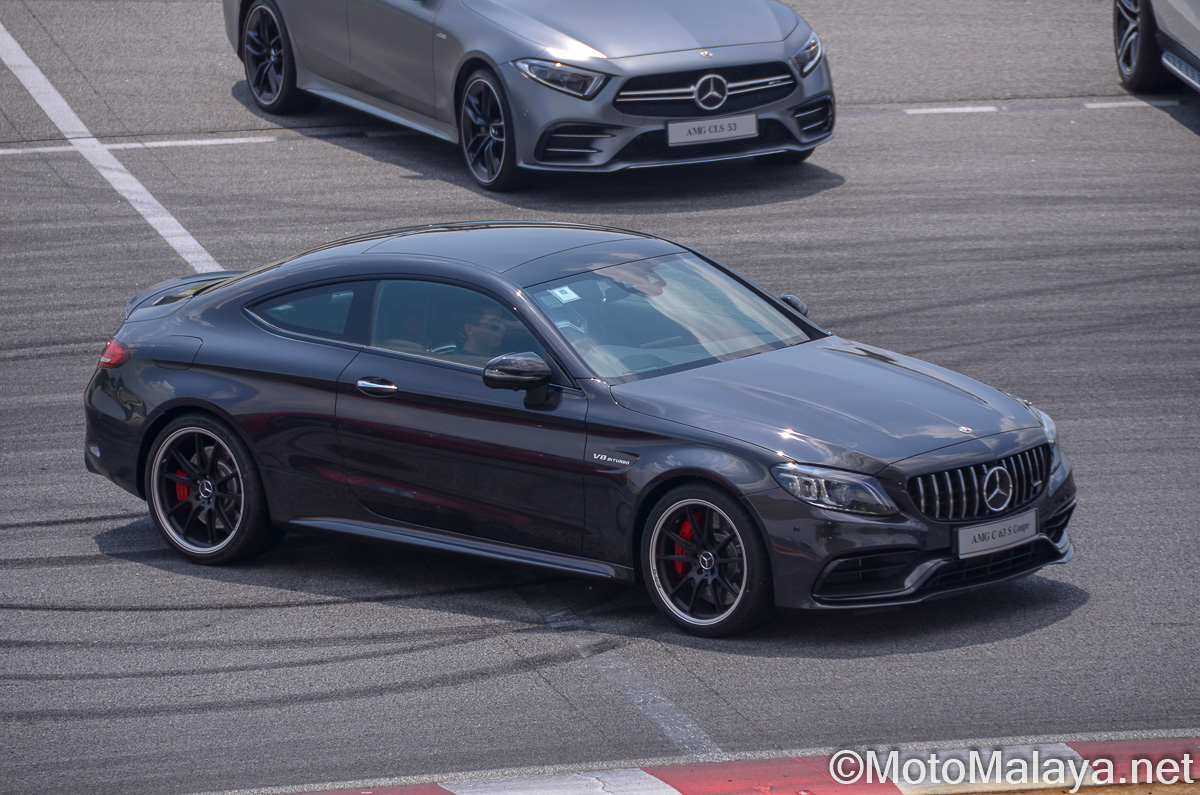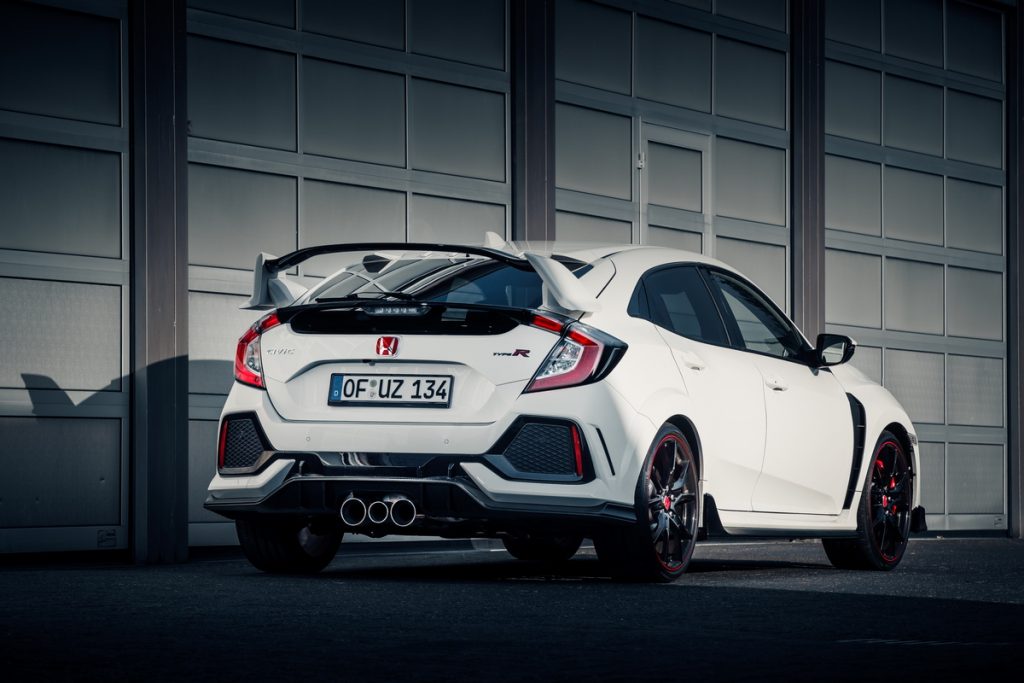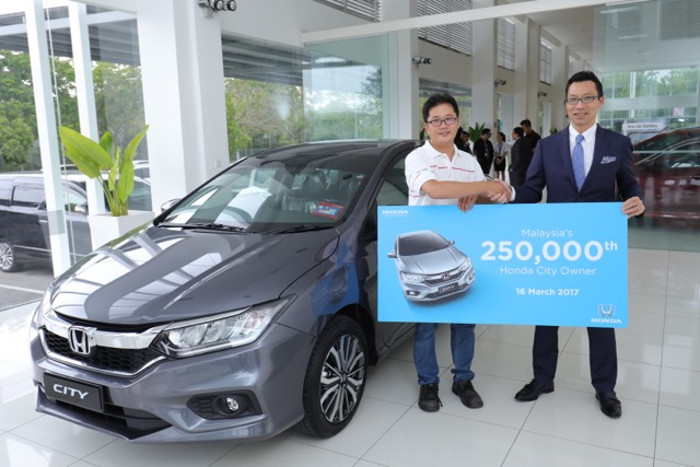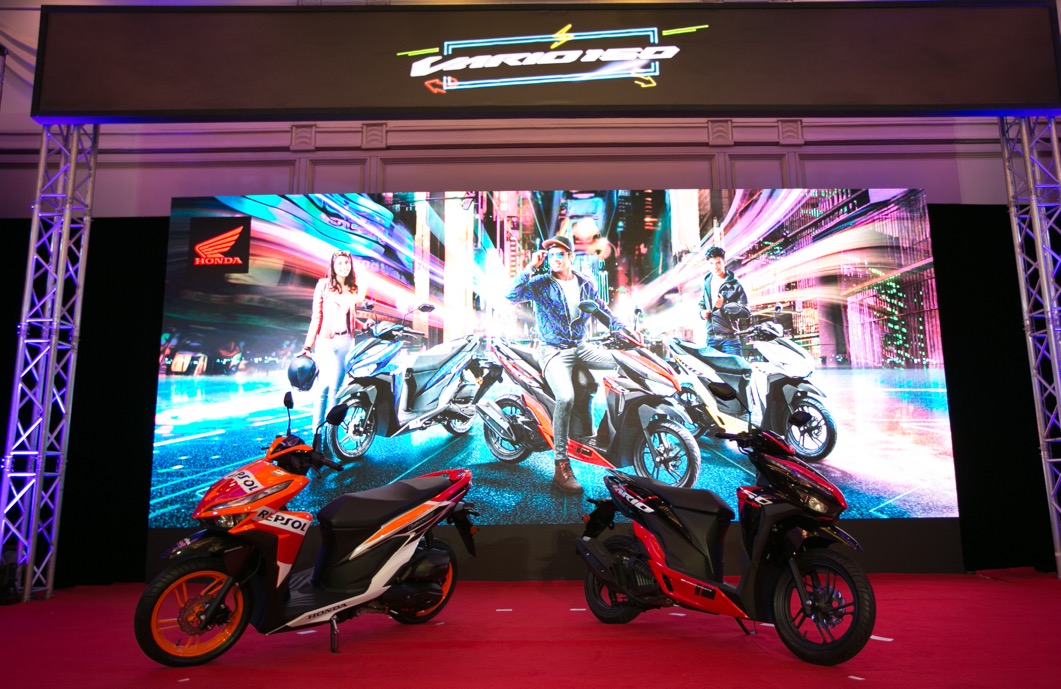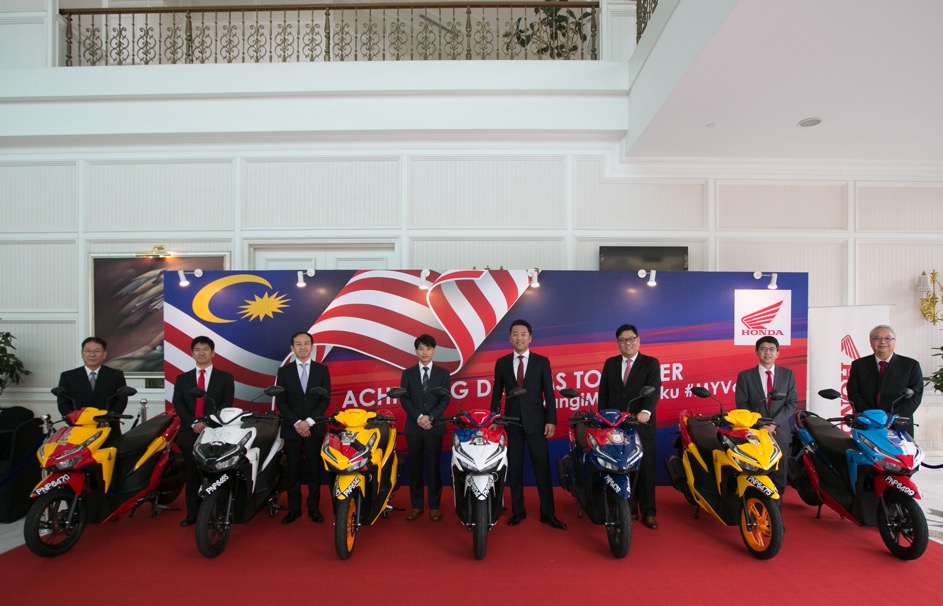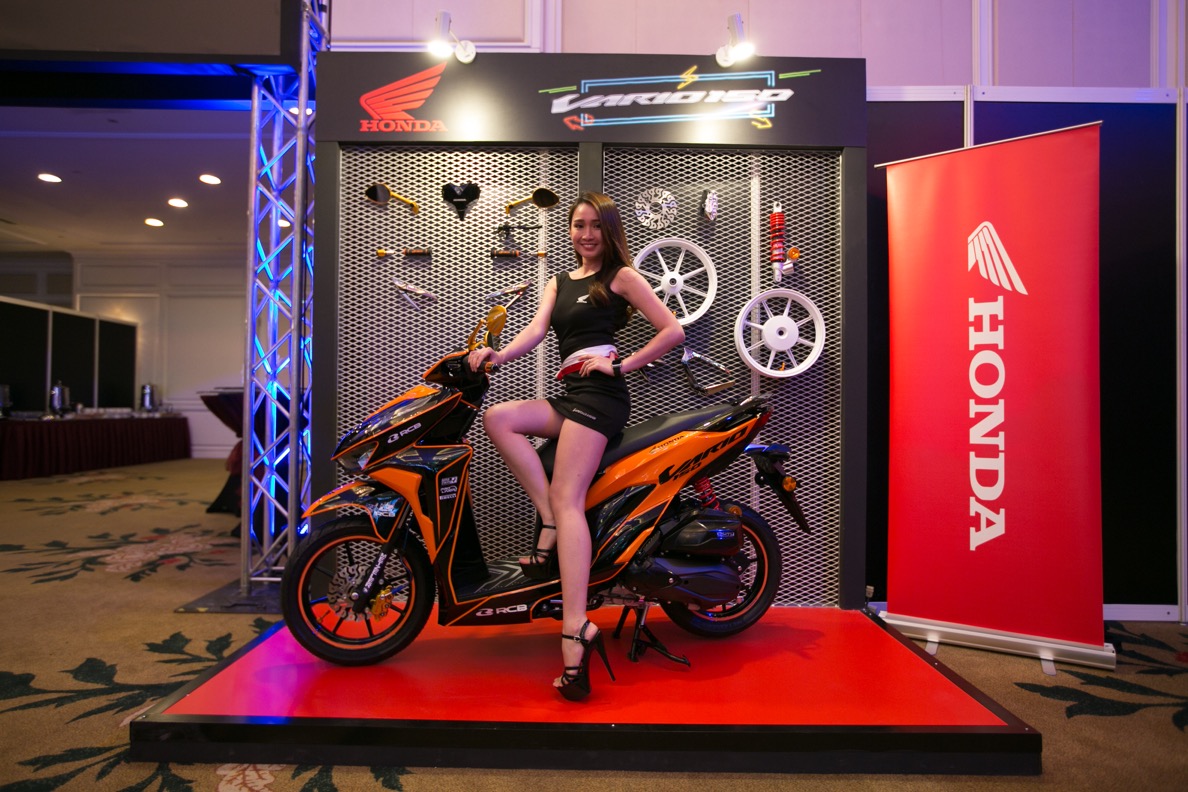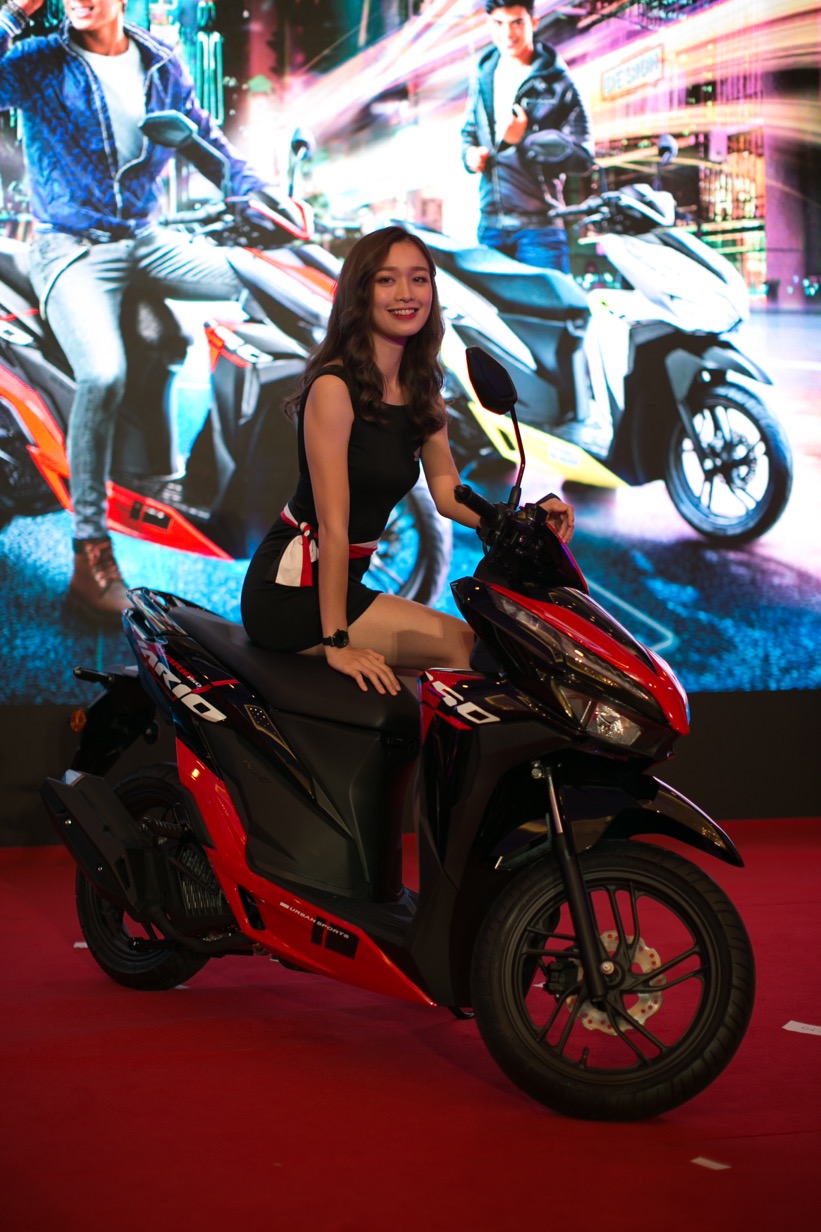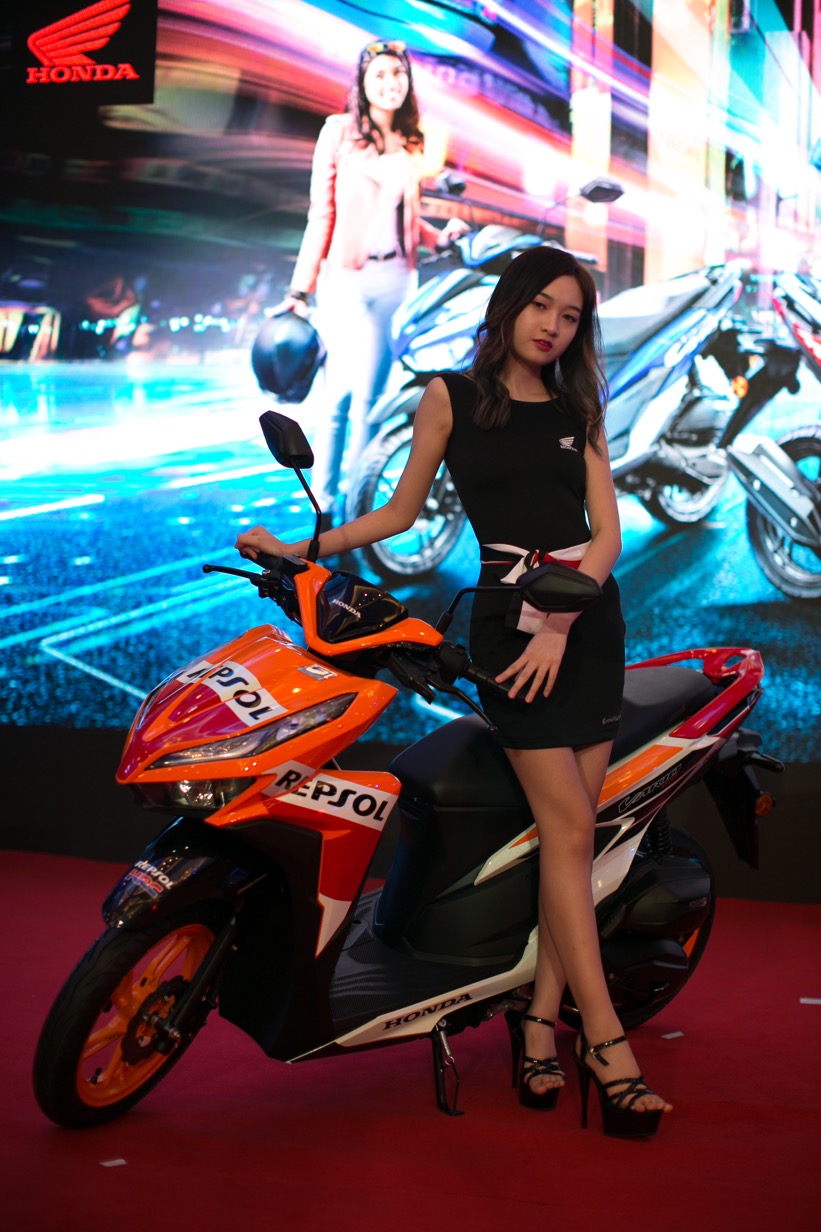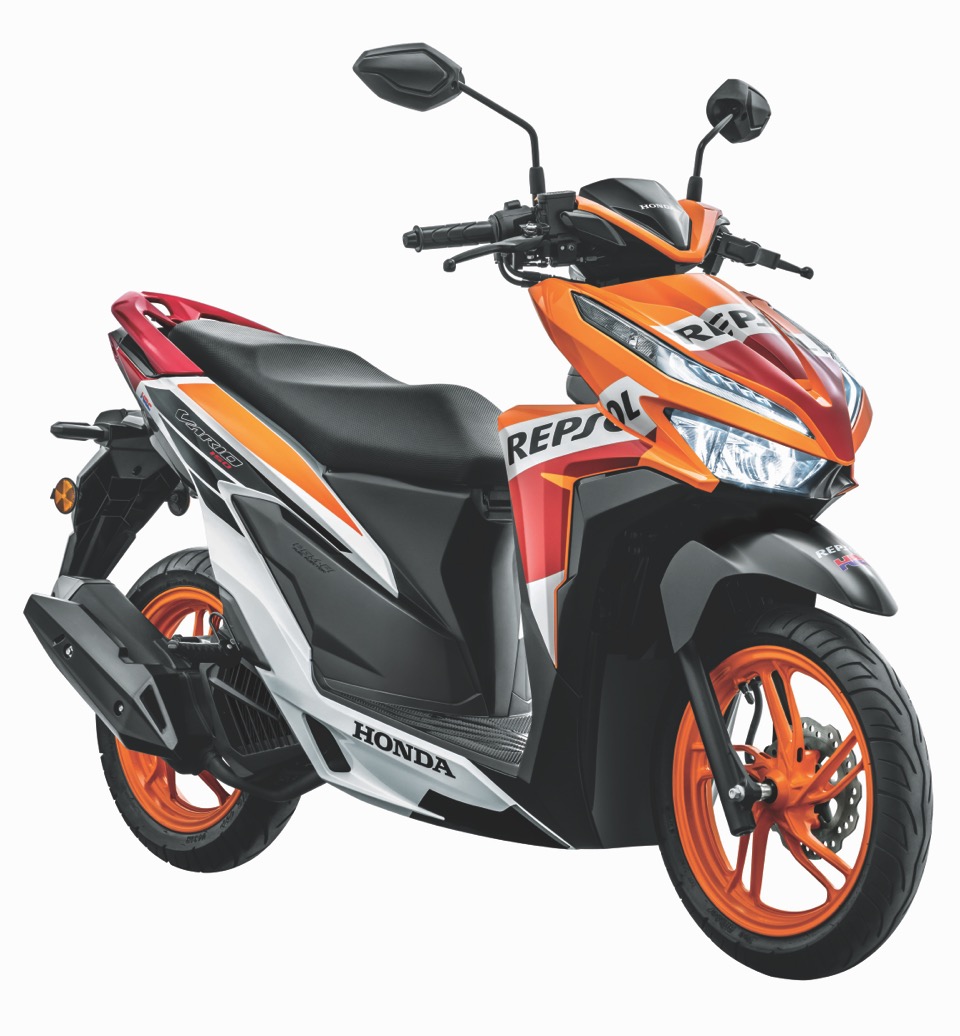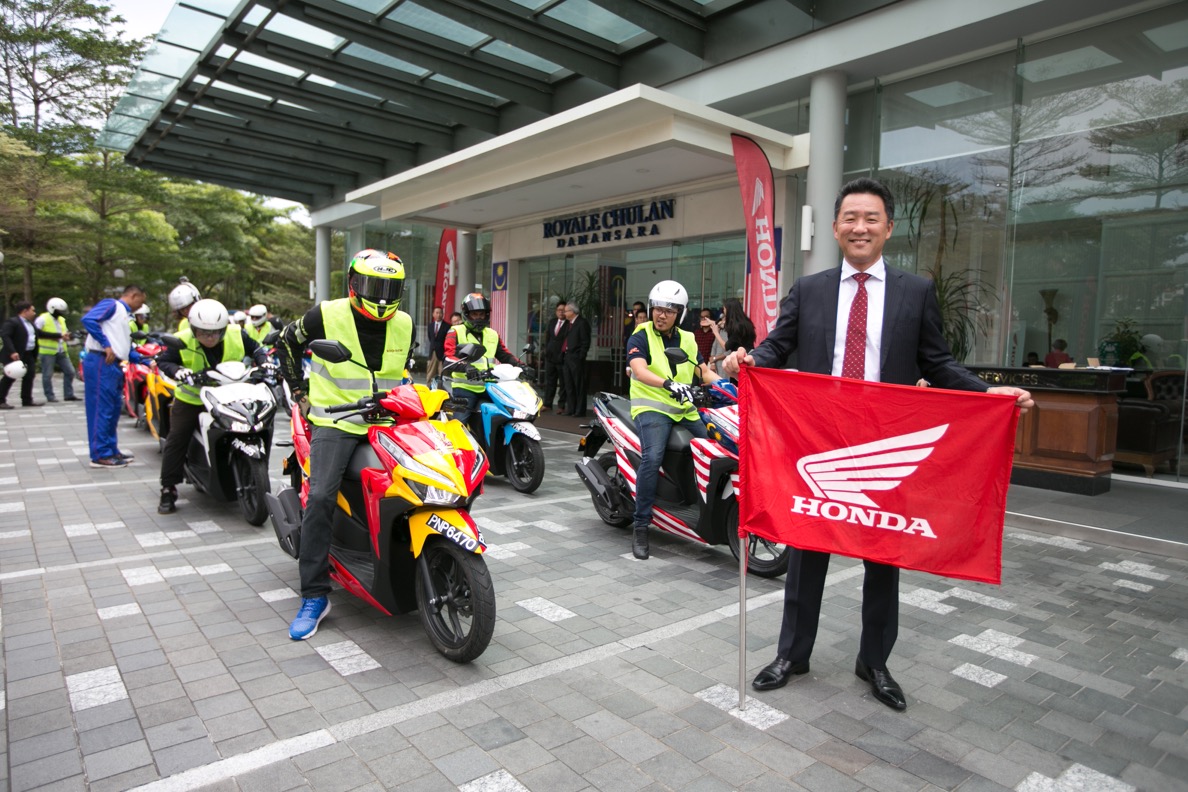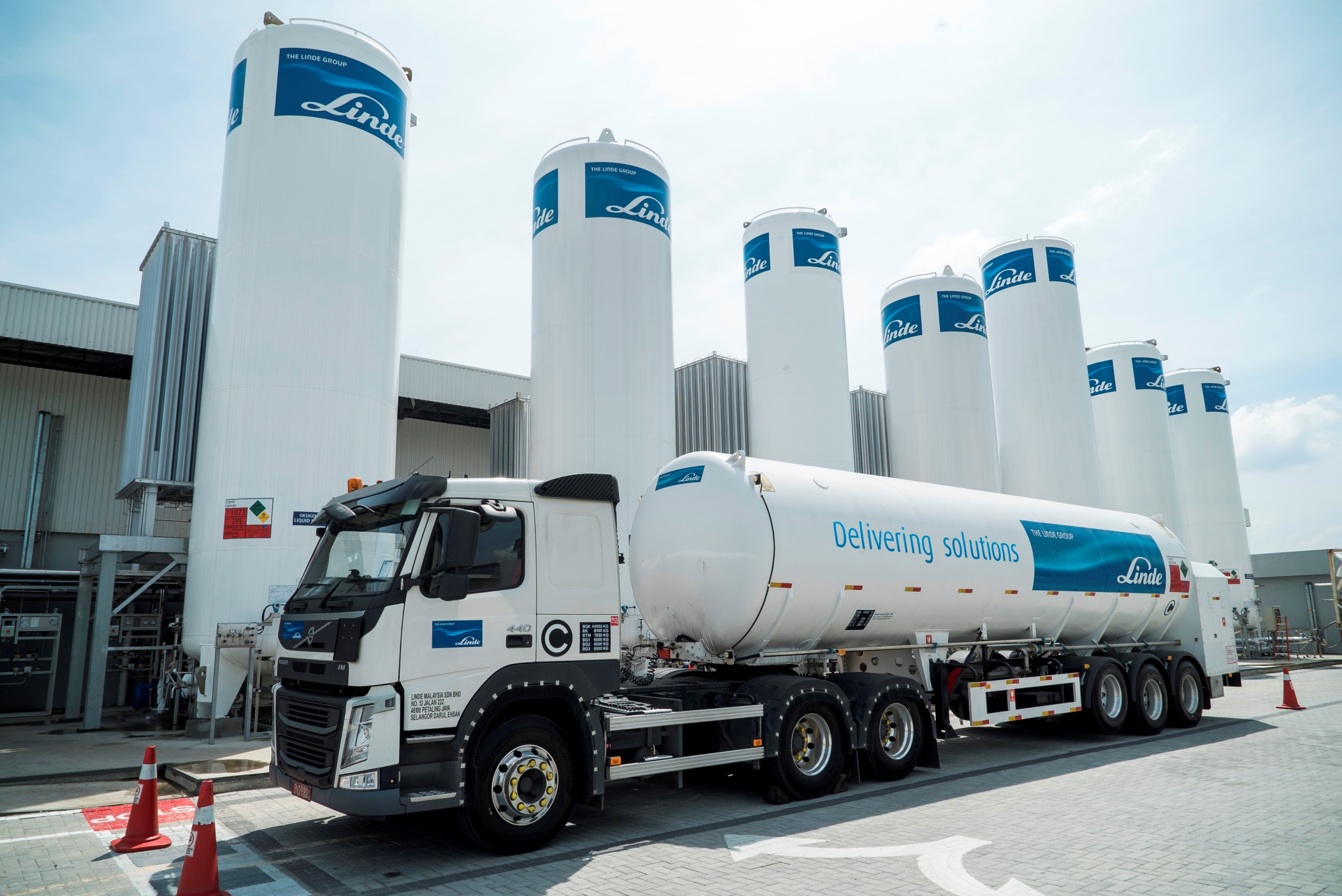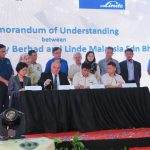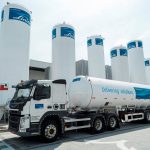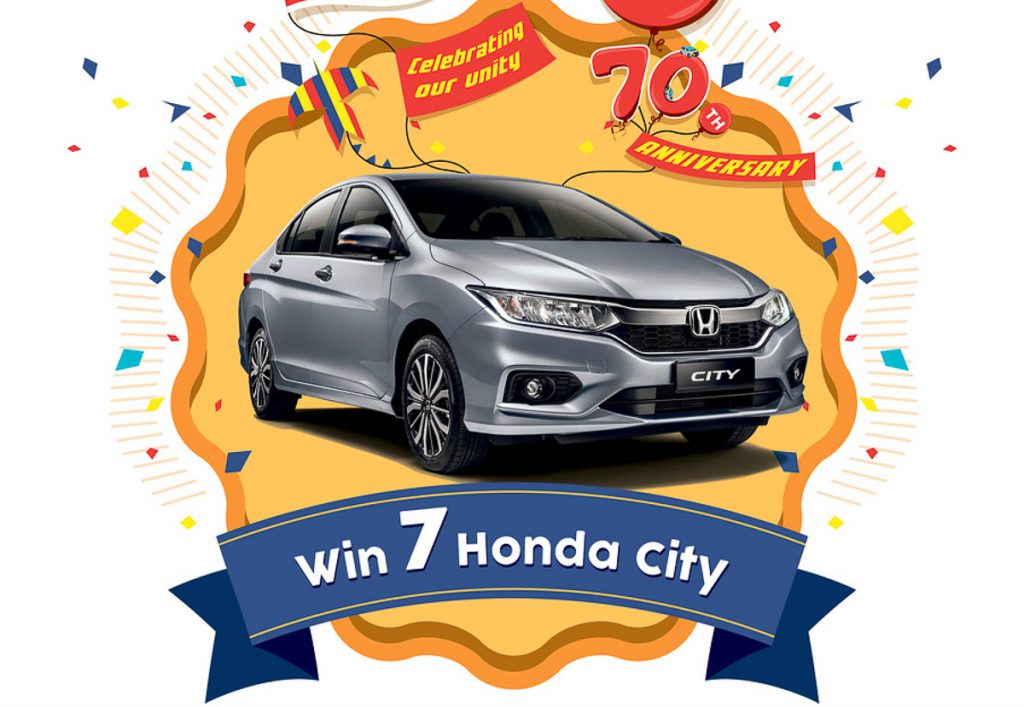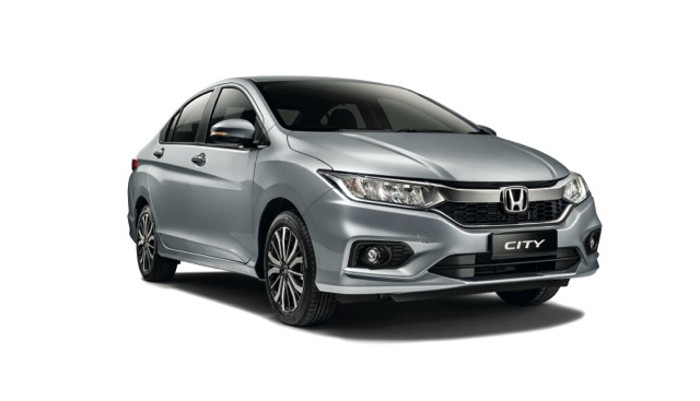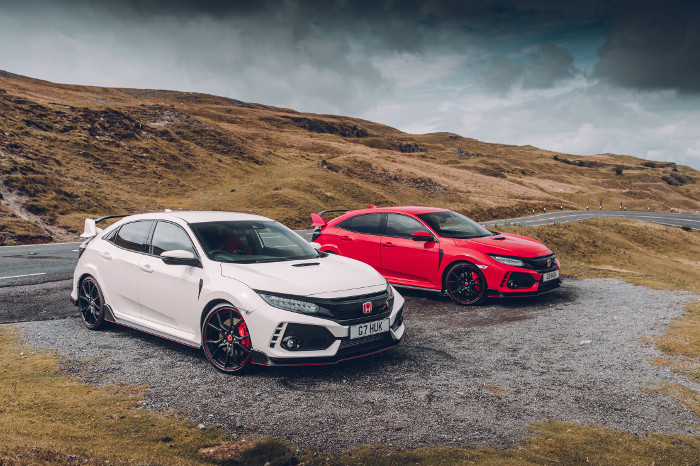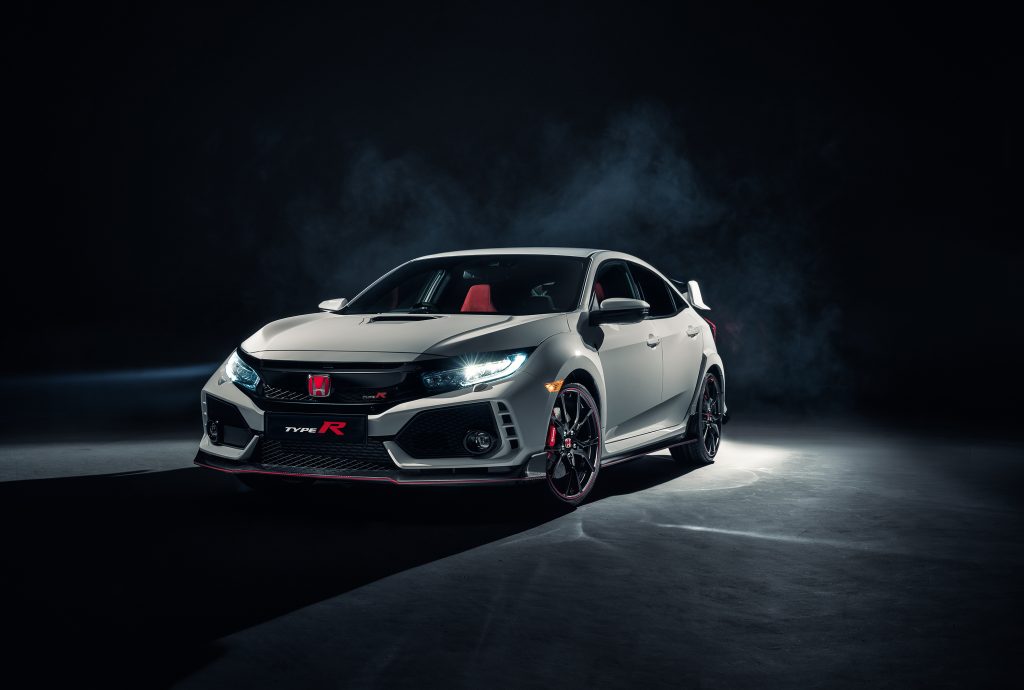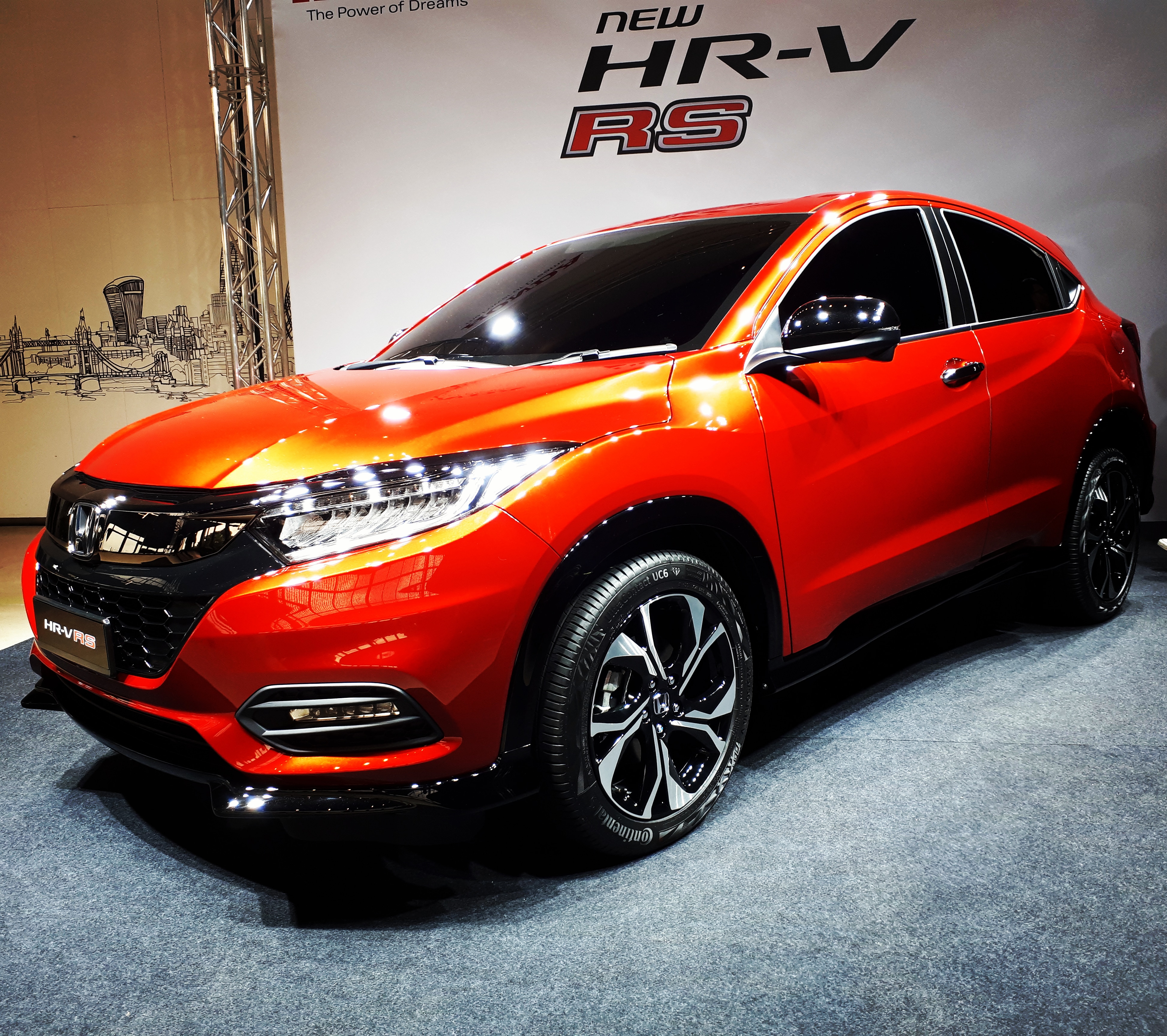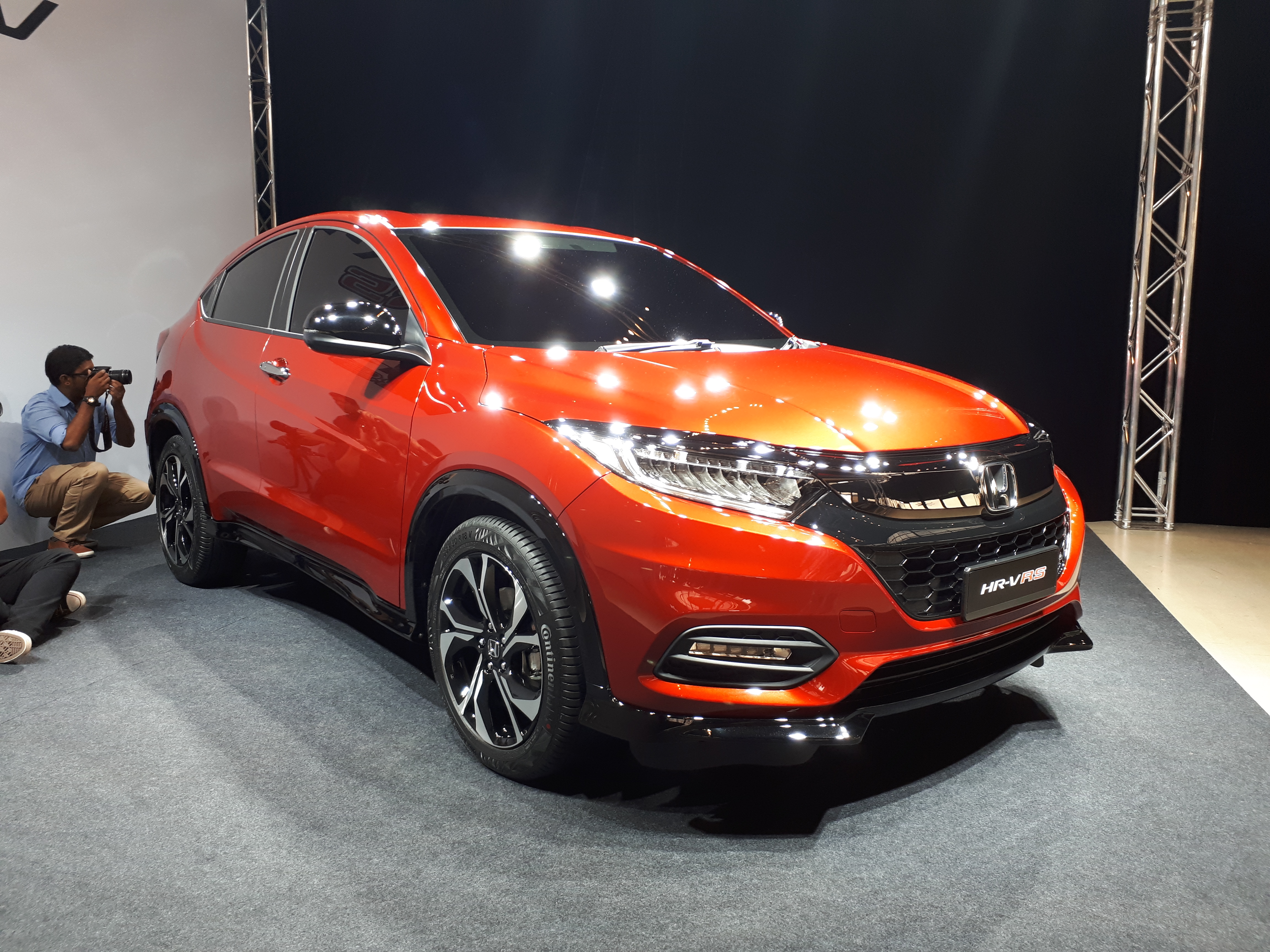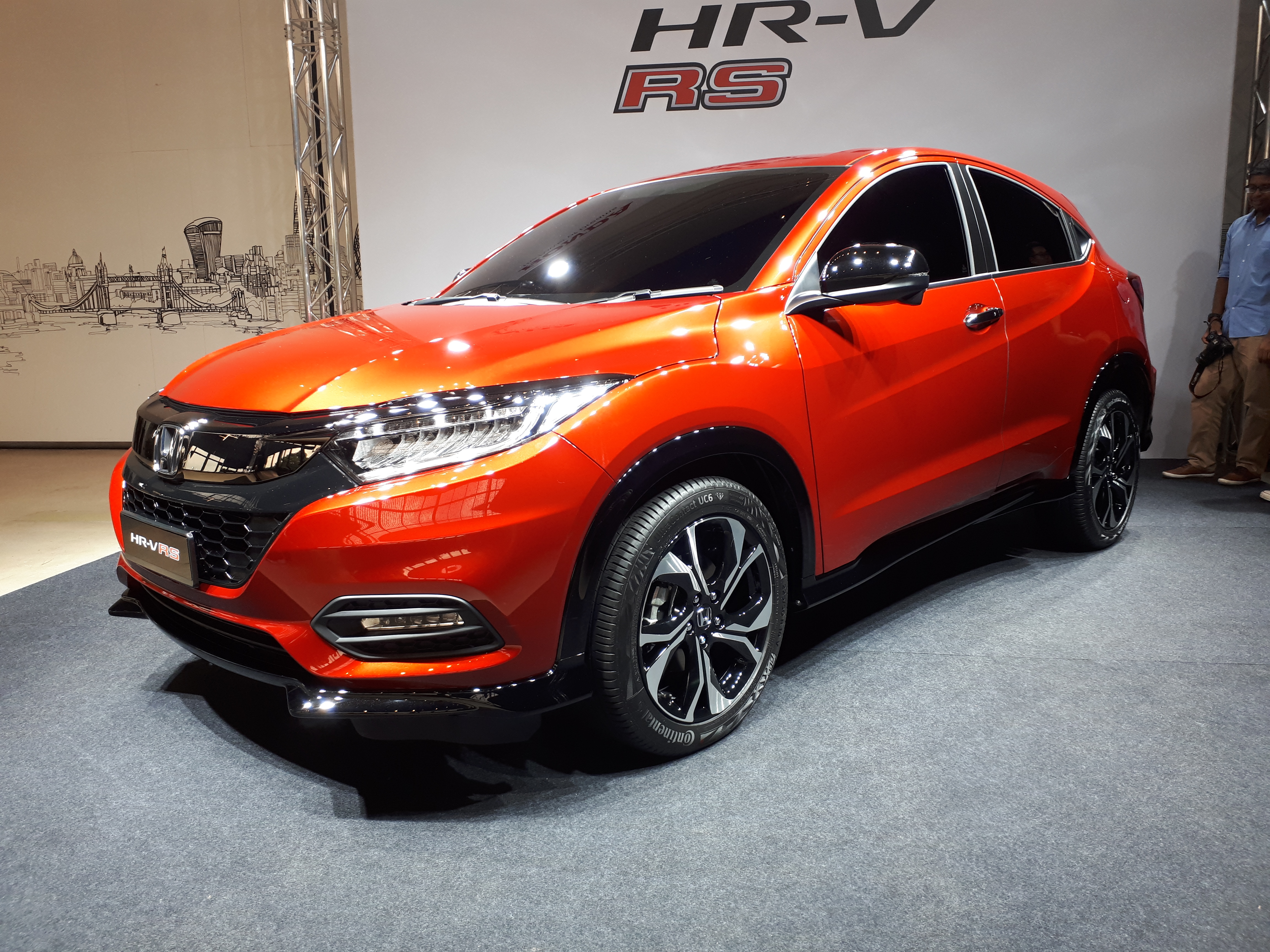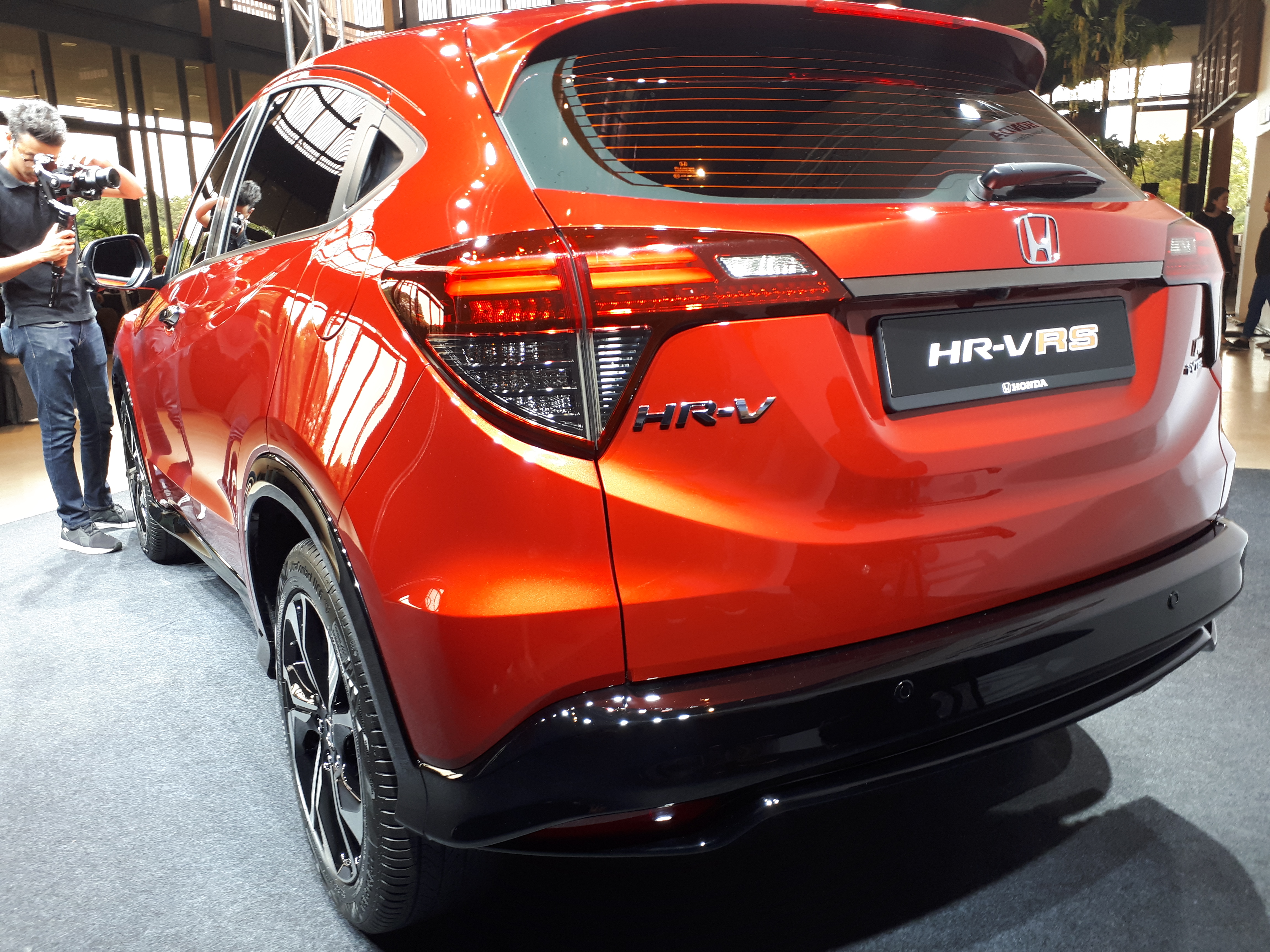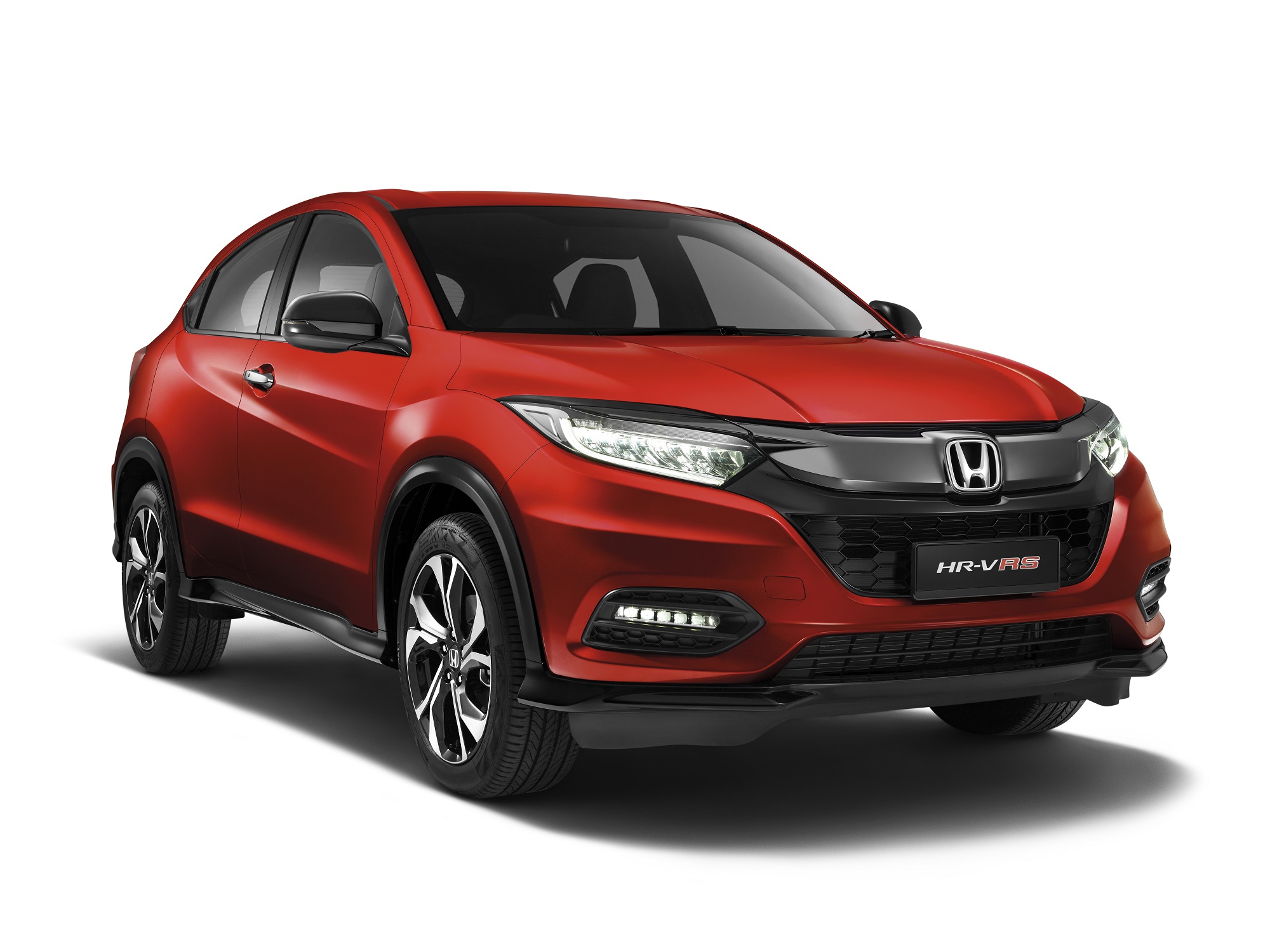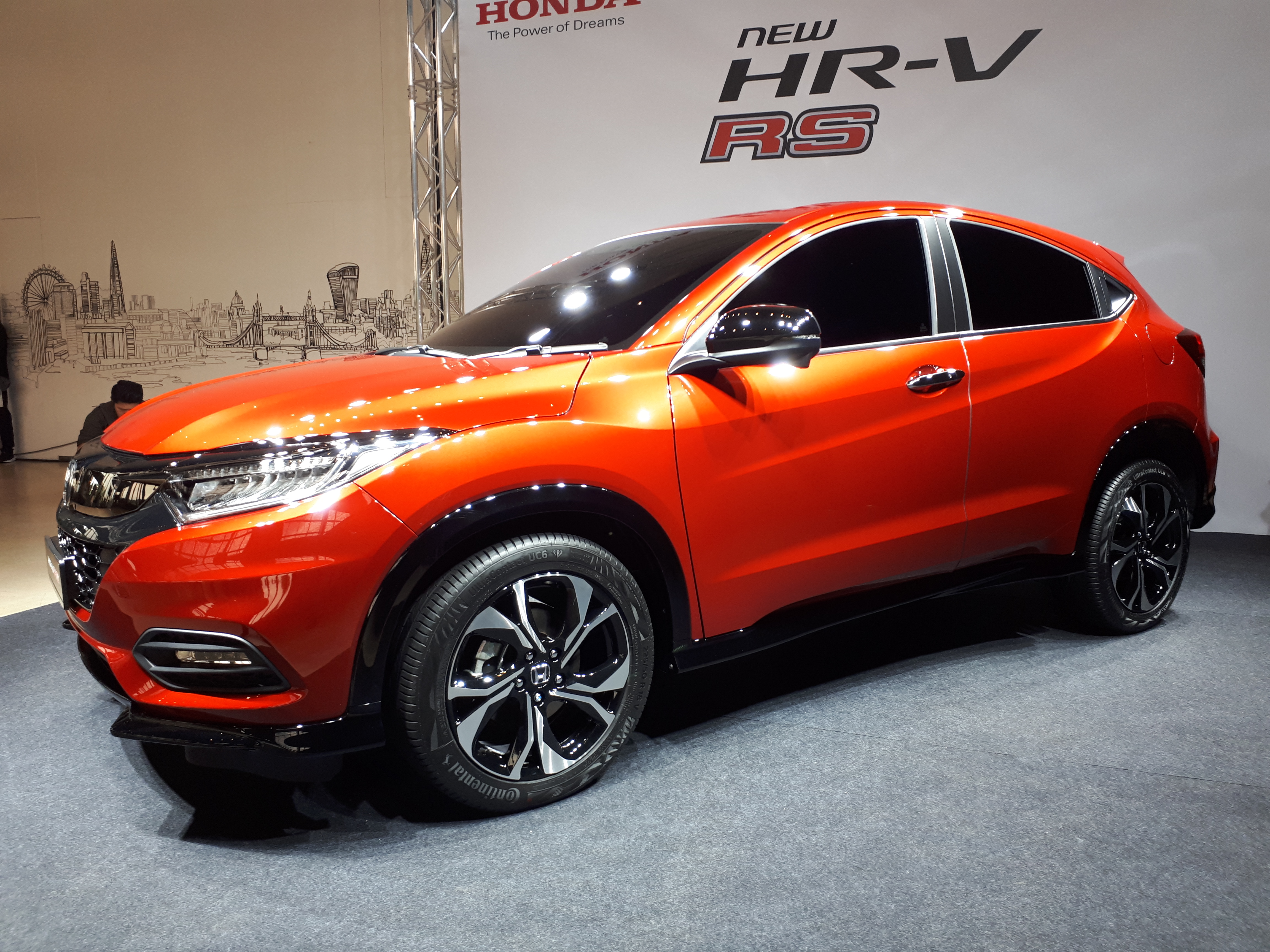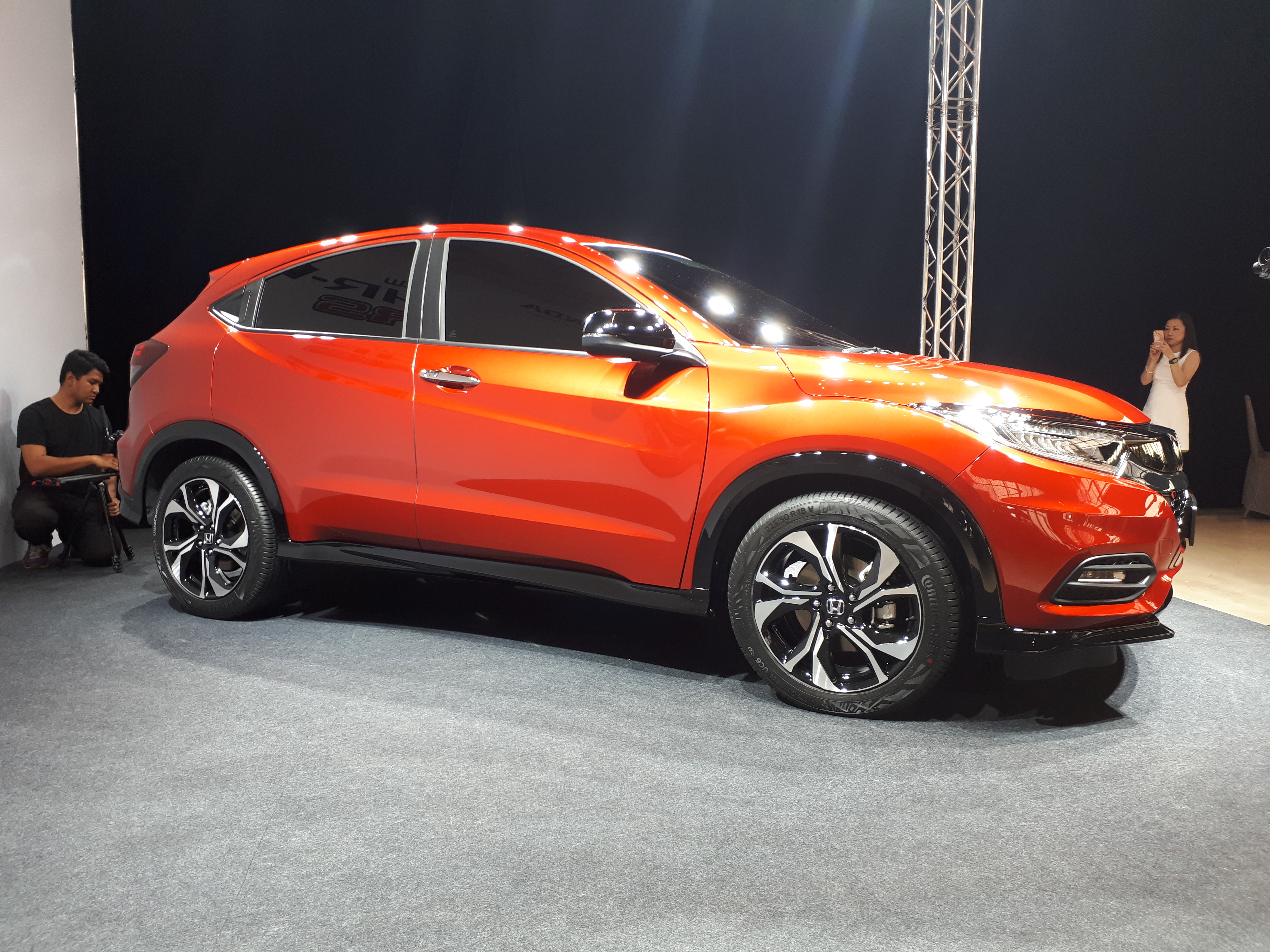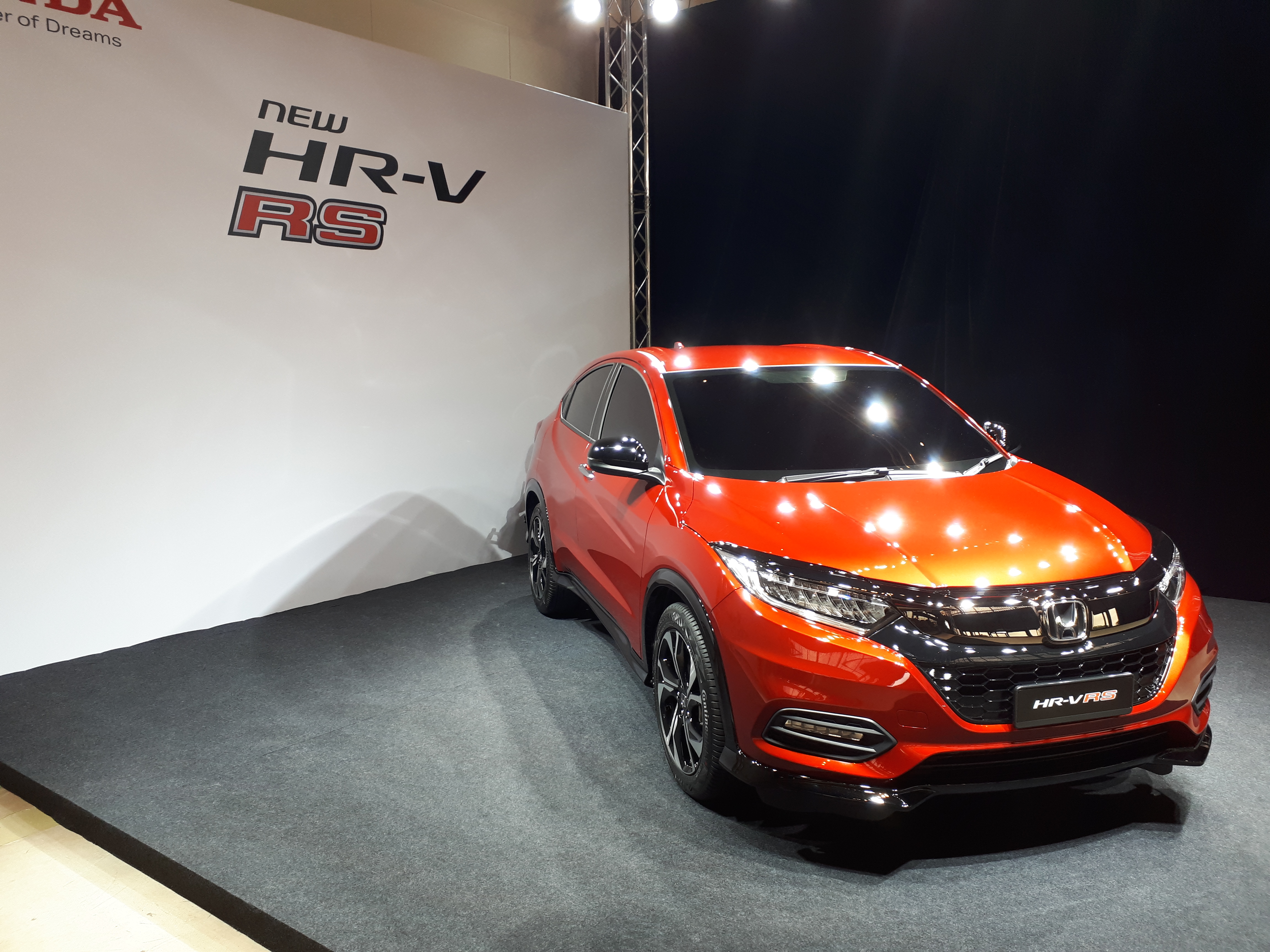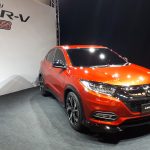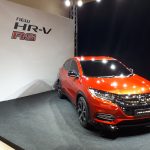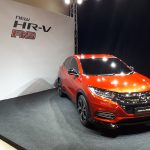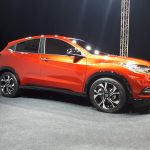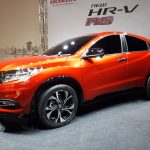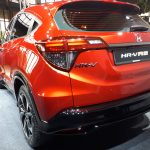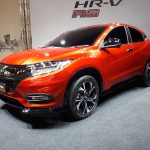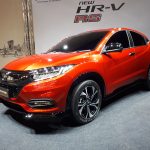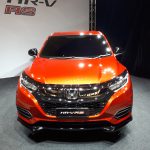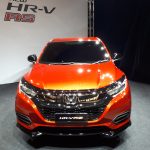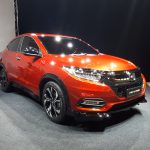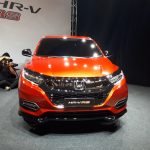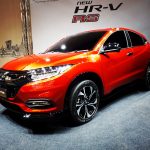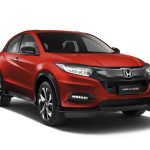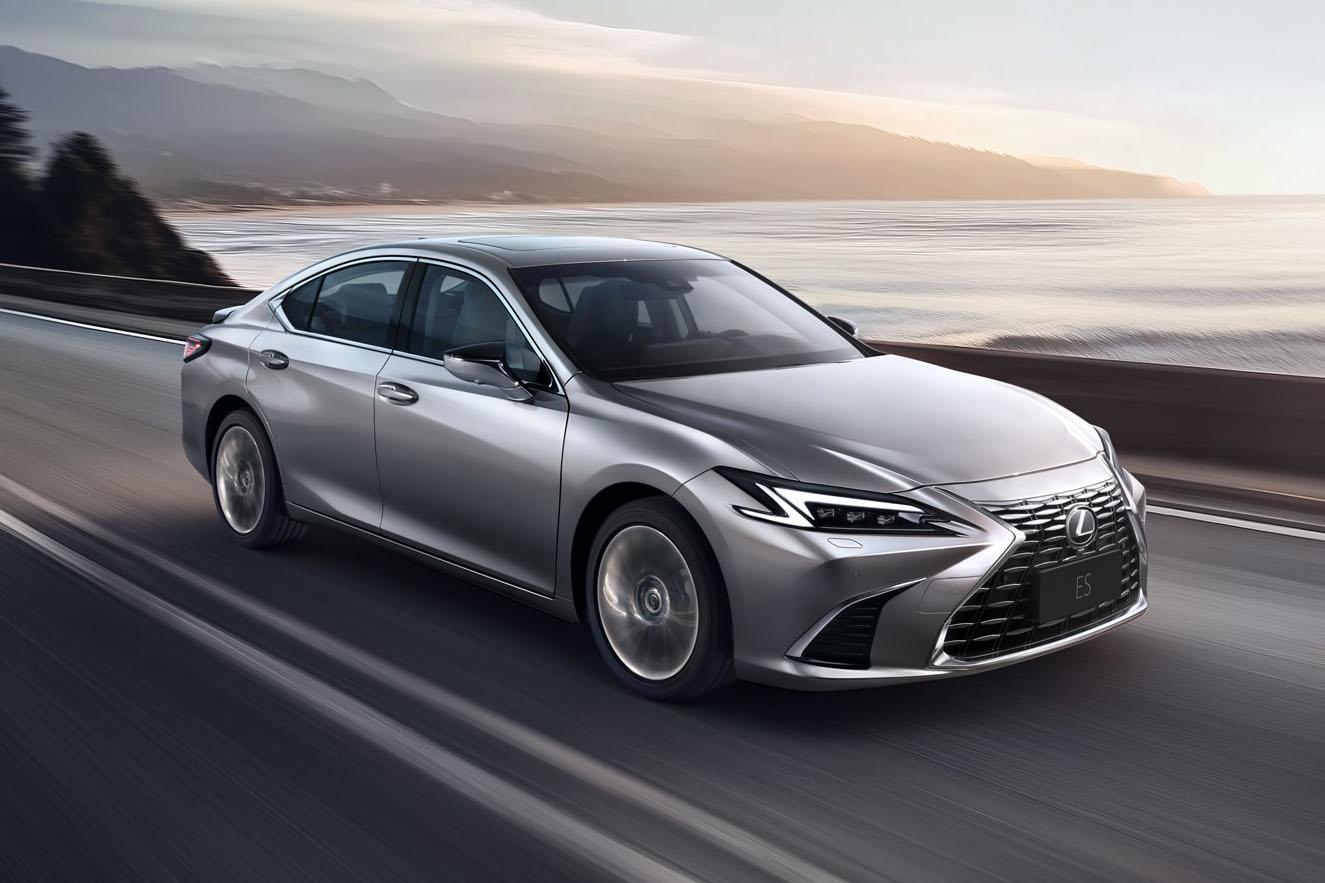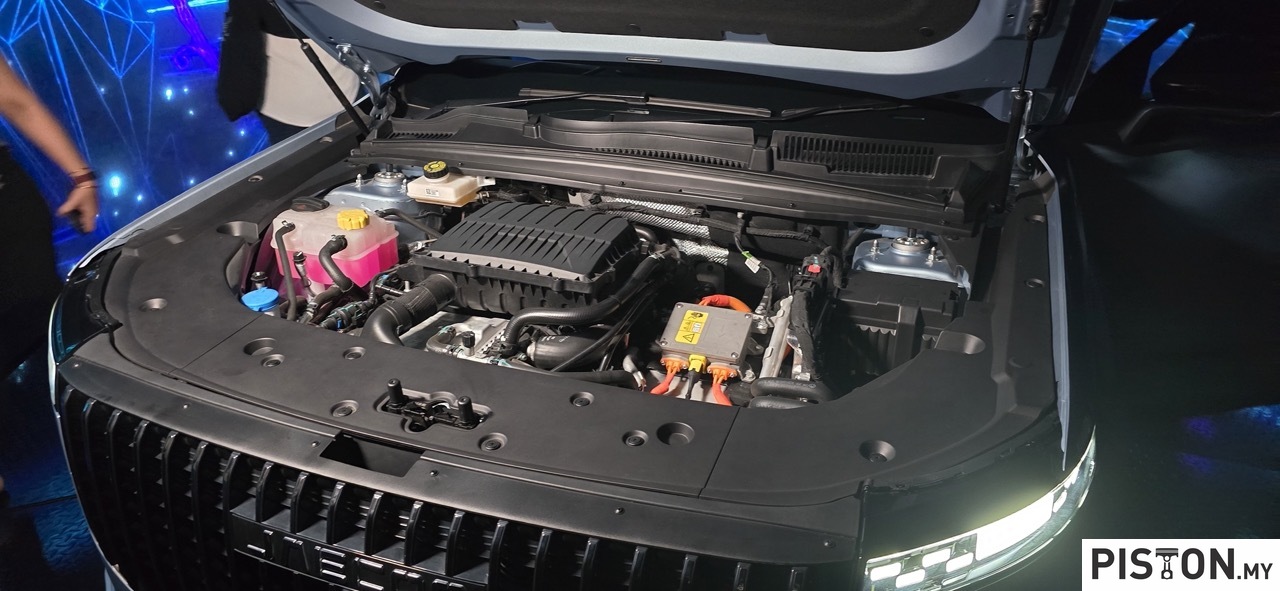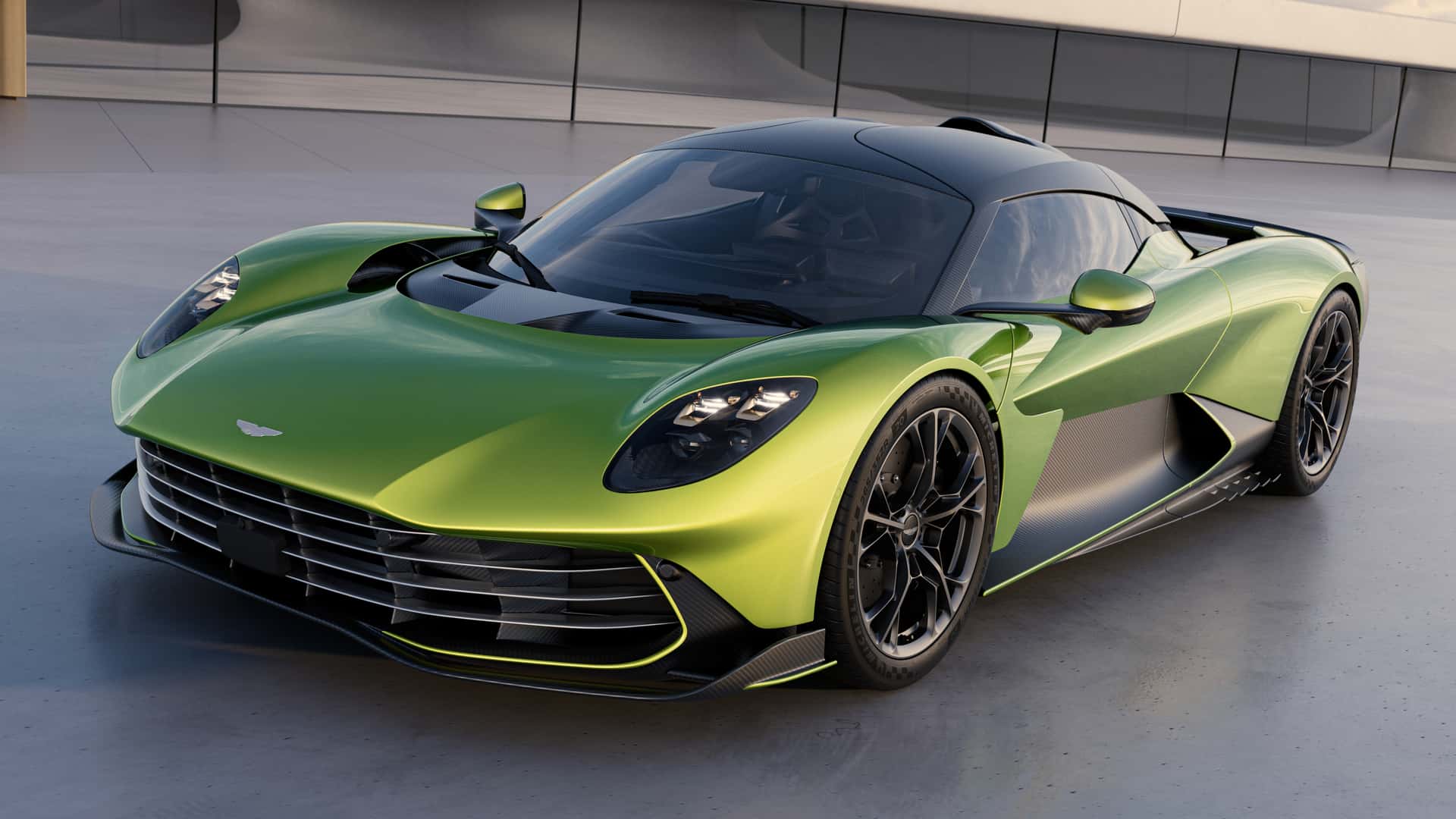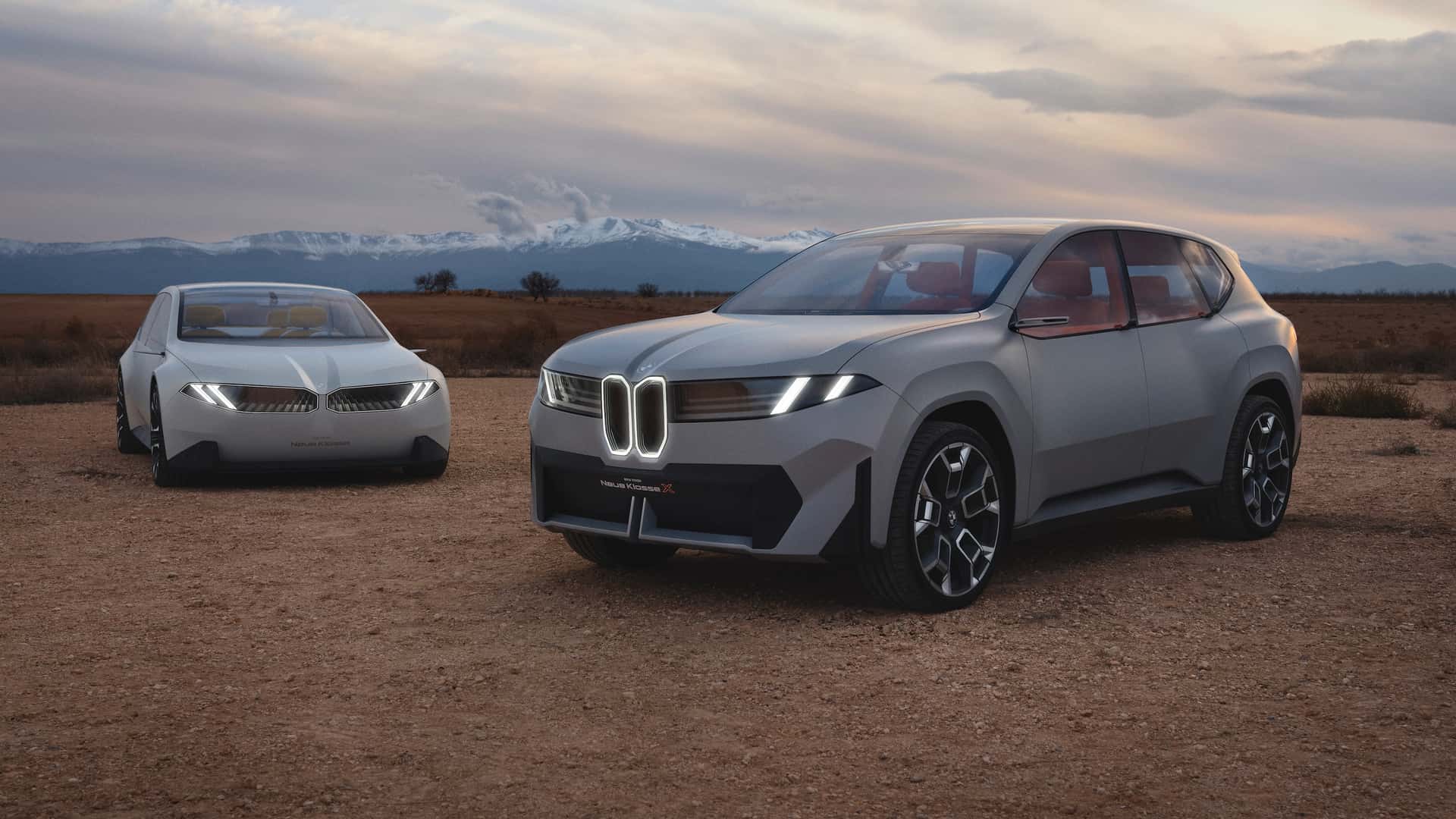Honda Malaysia recently celebrated a milestone for its best-selling model, which is also the No.1 model in the B-segment, the City, with the sales of its 300,000th unit in Malaysia. The City’s popularity in Malaysia is undeniable. The 2nd Generation City which was launched in 2001 sold more than 61,000 units while the 3rd Generation City brought the legacy a step higher with more than 85,000 units sold. The current 4th Generation City recorded more than 155,300 units since its launch in 2014. When the newly enhanced and refreshed 4th Generation City was launched in March 2017, it continued to be well accepted, with more than 48,900 units sold since then till August 2018.
Between January to August 2018, sales of the City contributed 30% to the overall sales for Honda Malaysia, and captured 51% of the market share in the B-segment. During the same period, sales showed an increase of 16% compared to the same period in 2017. These positive numbers resulted in Honda Malaysia maintaining its No.1 position in the Non-National segment and No.2 position in overall Total Industry Volume (TIV) to-date. Throughout the period of January to August 2018, the E variant emerged as the top selling variant with a sales contribution of 44% while the V variant contributed 33%. Sales from the Central region was the highest contributor at 49%, followed by Southern region and Northern region at 20% and 19% respectively.
Commenting on the milestone achieved by the City, Honda Malaysia Managing Director and Chief Executive Office, Mr. Toichi Ishiyama said, “We are delighted to mark this milestone of surpassing the 300,000 unit sales for the City within a span of 17 years since it was first introduced in Malaysia. This has proven the success of the City in Malaysia. The 4th Generation City is the best-selling model in Honda and the model continues to lead in the B-segment. This outstanding record achievement would not have been possible without the support from our customers. I would like to extend our sincere appreciation and thankfulness to Malaysians for their support and belief in our brand, and for making City their vehicle of choice.”
The City is powered by Honda’s 1.5L i-VTEC engine combined with Honda’s Earth Dreams Technology Continuous Variable Transmission (CVT). Paired with a fun and responsive paddle shift, the City provides the Joy of Driving through a perfect combination of performance and fuel economy. Further elevating its sleek and stylish design, the City comes with LED Headlights* with LED Daytime Running Lights (DRL) and LED Front Fog Lights*. Dual-Tone Alloy Wheels are equipped as well to provide a stylish appearance.
The interior of the City is developed under Honda’s ‘Man Maximum, Machine Minimum’ concept, designed to maximize the space for driver, passengers and goods. The stunning 4th Generation City is a model with an interior that is comparable with D-segment space in a B-segment size, providing ultimate comfort. Trunk space in the City remains the biggest in its class at 536L, making it the perfect sedan that is extremely convenient for road trips with ample room for luggage, baby strollers and even foldable bicycles.
Reinforcing its safety features, the City is equipped with 6 airbags* from the dual front, side and side curtain that ensures a safe journey for the driver and passengers. The standard active safety features made available are Anti-lock Braking System (ABS), Brake Assist (BA), Vehicle Stability Assist (VSA), Hill Start Assist (HSA) and Emergency Stop Signal (ESS). The City is available for viewing and test drive at any of Honda’s 97 authorized dealers nationwide. Customers can call Honda’s Toll Free number at 1-800-88-2020 or log on to www.honda.com.my for more information.




